| City/Town: • El Reno |
| Location Class: • Railroad |
| Built: • 1920's | Abandoned: • 1980's |
| Status: • Demolished |
| Photojournalist: • David Linde |
Founded from the creation of an amended charter issued by the Rock Island and La Salle Railroad company, the famous Chicago and Rock Island Railroad was established on February 7, 1851 with the first lines running between Chicago and Joliet, Illinois. The rail line was continued on to La Salle and finally reached Rock Island in 1854. The railroad continued building a huge empire that reached just about every major city in the central and midwestern United States.
Until it’s last days in 1980, the Rock Island Line reached into Arkansas, Colorado, Illinois, Iowa, Kansas, Louisiana, Minnesota, Missouri, Nebraska, New Mexico, Oklahoma, South Dakota, Tennessee, and Texas. By 1984, all the railroad’s remaining locomotives, rail cars, tracks, equipment, and property were sold to scrappers or other railroads in order to pay all remaining debts incurred by the line.
Railroad First to Connect Chicago to Mississippi River
In 1854, the Chicago and Rock Island Railroad was the first railroad to connect Chicago to the Mississippi River, an important step in increasing commerce and making Chicago the hub of business in the Midwest. Mississippi River Steamboat operators did not like the railroad bridges because they made navigating the mighty river more difficult.
One steamboat was destroyed by fire after running into a bridge operated by the Rock Island Railroad. Abraham Lincoln, then a young attorney, represented the Rock Island in the case against the steamboat operator. Lincoln argued that the steamboat captain was at fault and helped to show that bridges across navigable rivers were an advantage to the country [1].
The Rock Island Railroad Rides Into the Popular Legend
The Rock island continued to grow throughout the latter half of the 19th century, buying up other, smaller rail lines and adding them to it’s own network. From the early 1900’s through the mid 1950’s, the Rock Island Line was a growing and prosperous railroad. Because the railroad covered such a large area of the Midwest, it was well known by most folks in the Midwest.
The rail line gained wide public popularity in the 1940’s when it was glorified in the song “Rock Island Line” by American blues/folk singer Huddie William Ledbetter, also known as Lead Belly. The song was later made more famous by popular singers Johnny Horton, Lonnie Donegan, Bobby Darin and even later by Johnny Cash. The first lines in the chorus of this song are still remembered today, “Rock Island Line, she’s a mighty good road, Rock Island Line is the road to ride.” The song was a hit in the U.S. from the 1940’s through the 1970’s.
Final Days of the Legendary Rock Island Line
During the first part of the 20th century, railroads were being built everywhere across the U.S. Until the advent of commercial aviation began to erode the passenger train business in the early 1950’s, trains were the primary mode of travel in this country. After the 1950’s, the glut of railroad companies and lines became apparent.
The Rock Island Railroad had been built in the 1800’s to serve the needs of that era. But the needs of a nation changed and the Rock Island found itself as just another of the many railroads that would eventually go bankrupt, sold, or merged with another railroad. In 1964, the Rock Island chose to pursue a merger with the Union Pacific Railroad, combining it’s midwest rail network with UP’s massive west coast rail network.
1965 was the last year Rock Island made a profit, and it continued to lose money until the merger with Union Pacific was finally approved to move forward in 1974. By this time, the UP was no longer interested and walked away from the merger, taking with it the last hope of Rock Island’s survival.
Things only got worse for the now nearly bankrupt railroad as creditors pressed for payment and operational costs continued to mount higher every year. Attempts to reorganize in bankruptcy were refused by the courts. On January 24, 1980, a judge ordered the Rock Island Railroad to be shutdown and it’s assets to be liquidated for much needed cash. On March 31, 1980, the final operational shutdown and liquidation of the great Chicago, Rock Island & Pacific Railroad occurred.
Gallery Below
1. Donald, David Herbert; Lincoln (1999); Touchstone; New York, NY; p. 157
If you wish to support our current and future work, please consider making a donation or purchasing one of our many books. Any and all donations are appreciated.
Donate to our cause Check out our books!

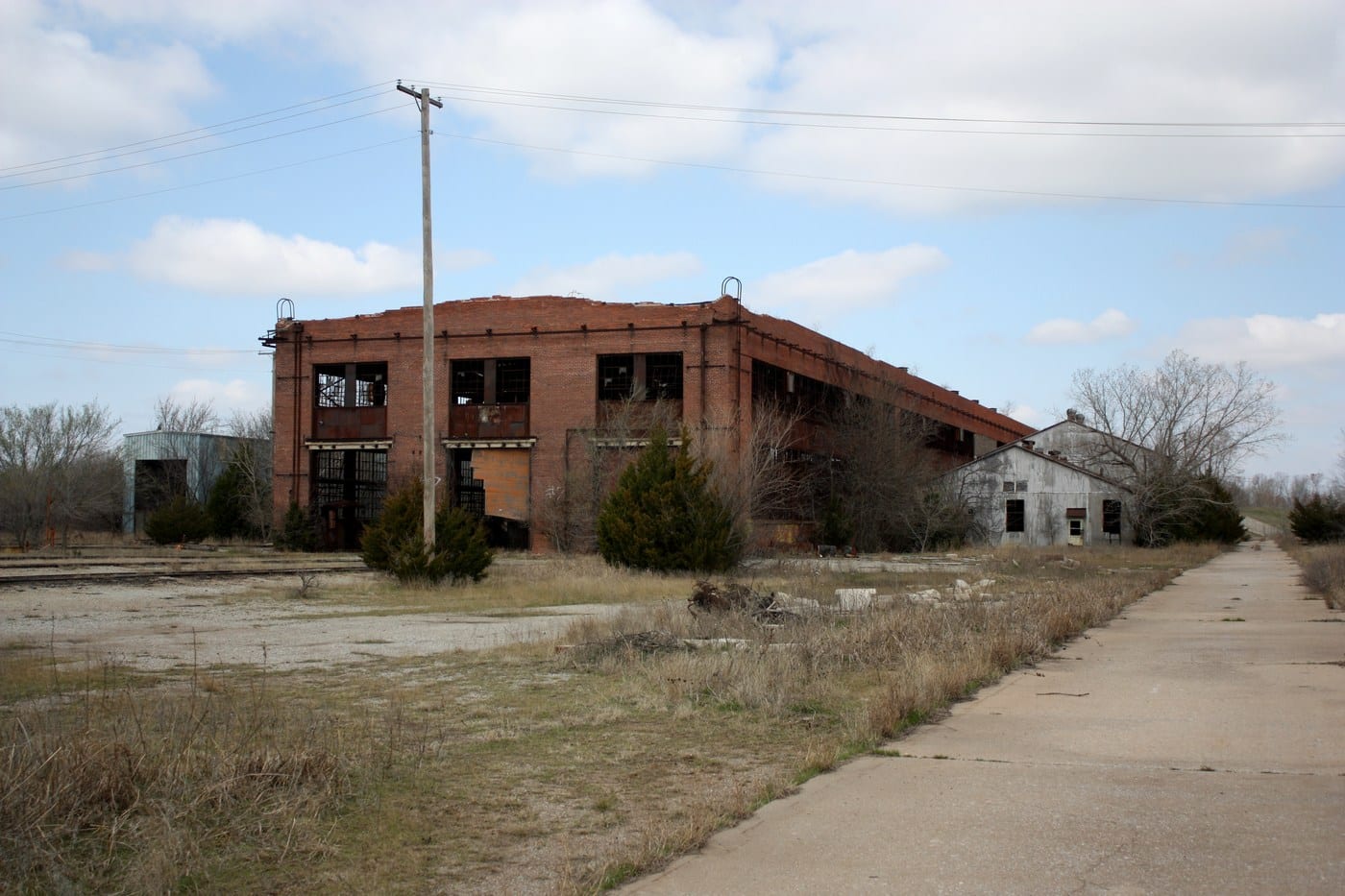
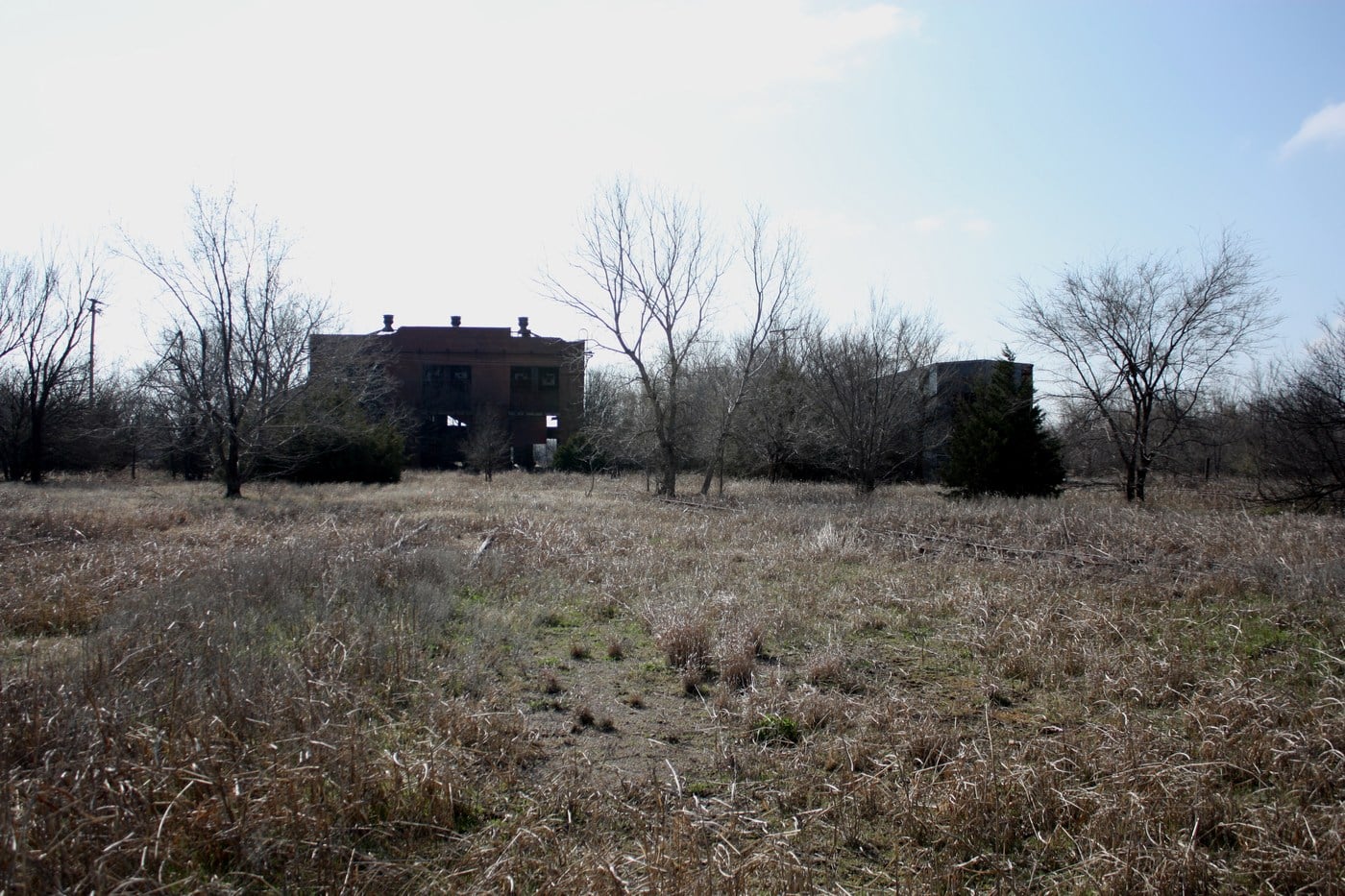
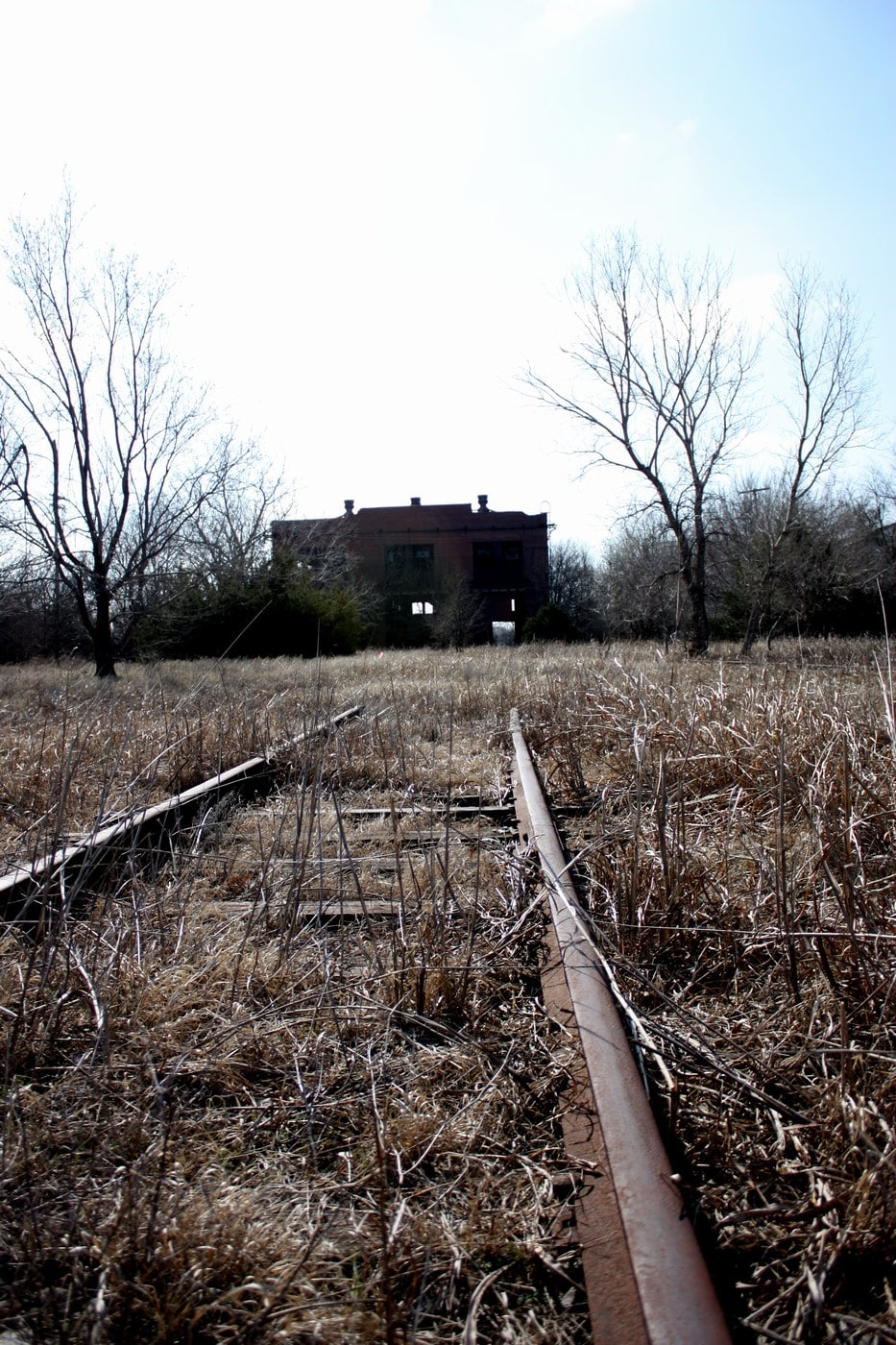
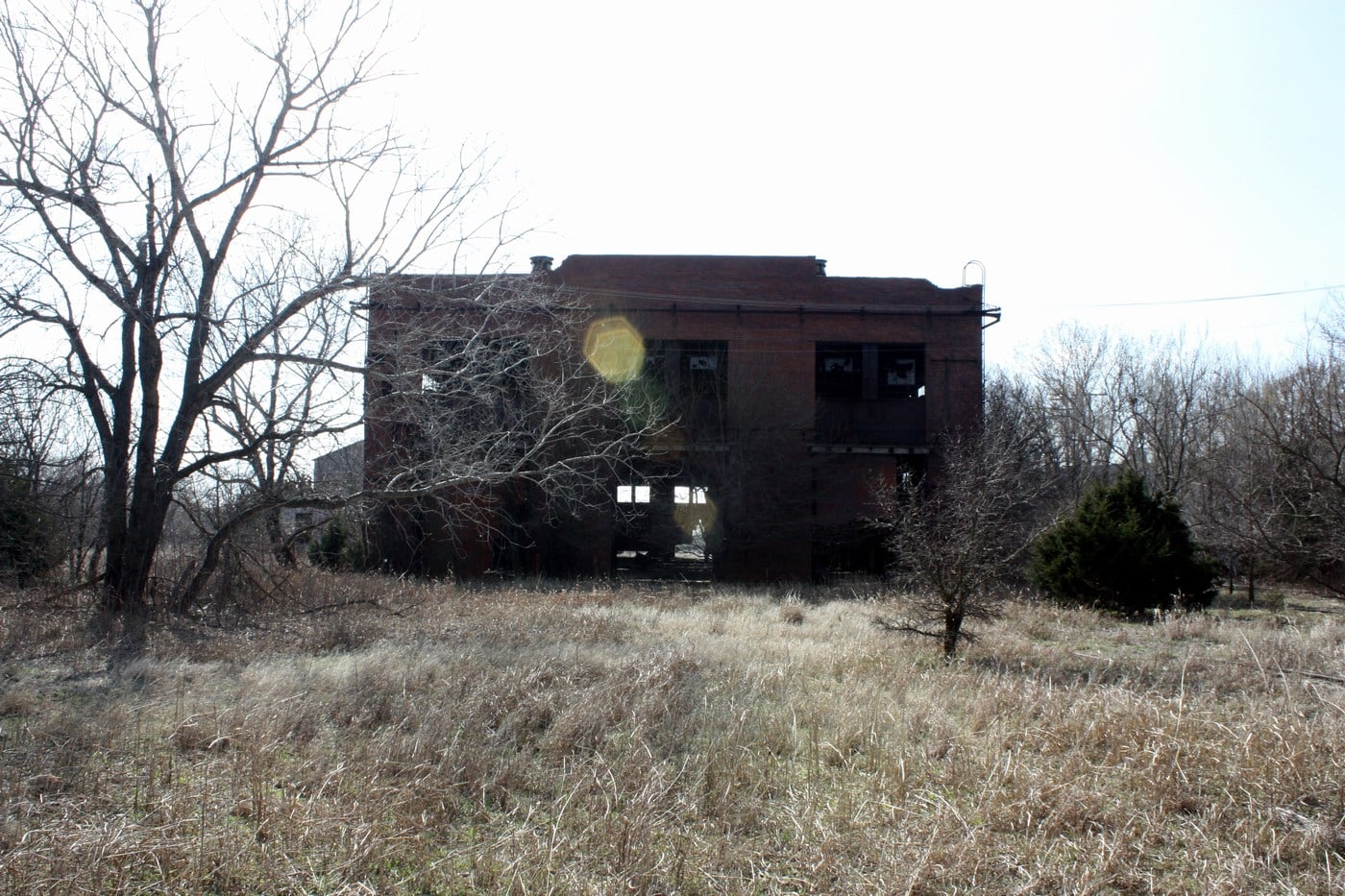
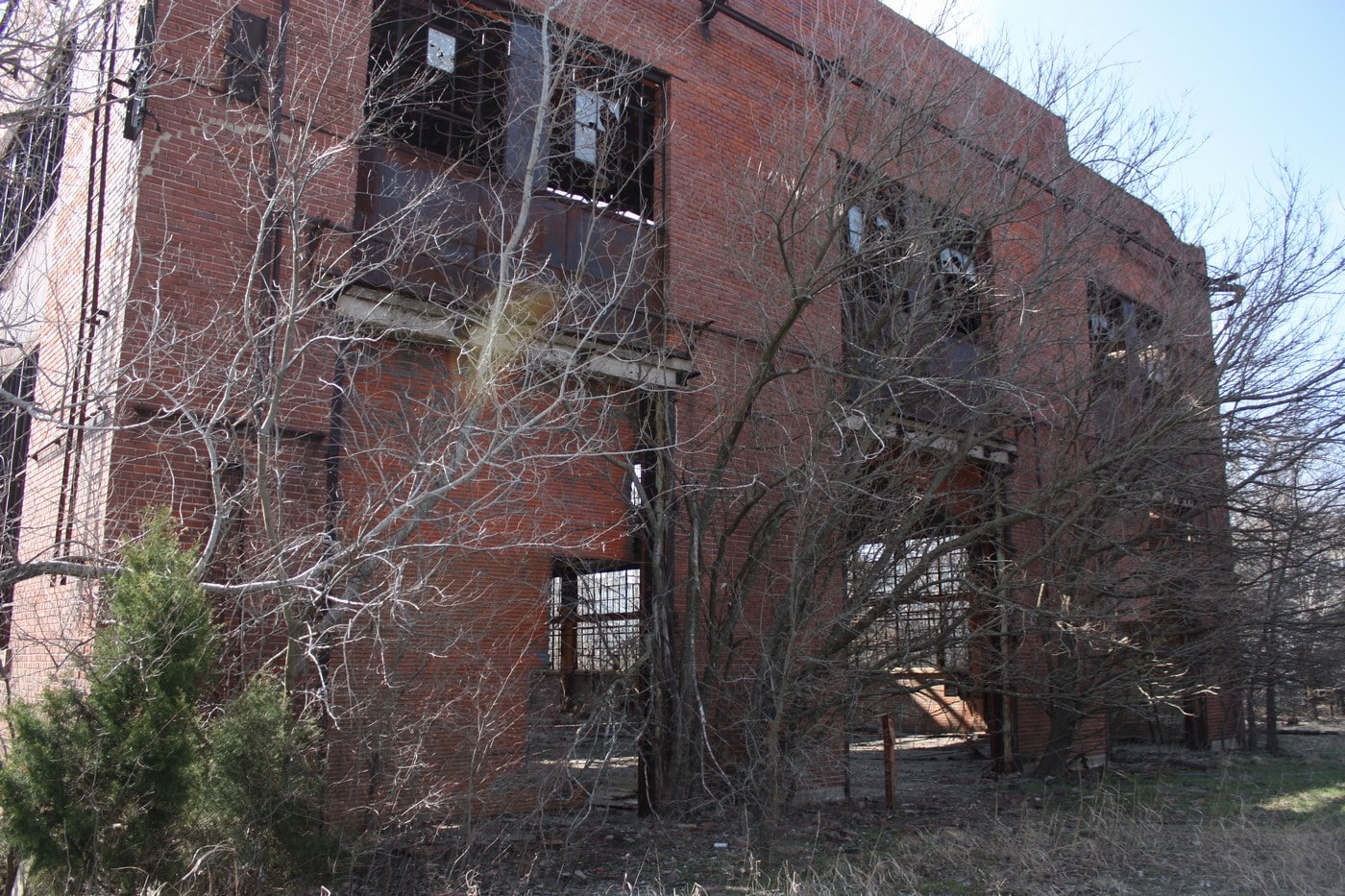
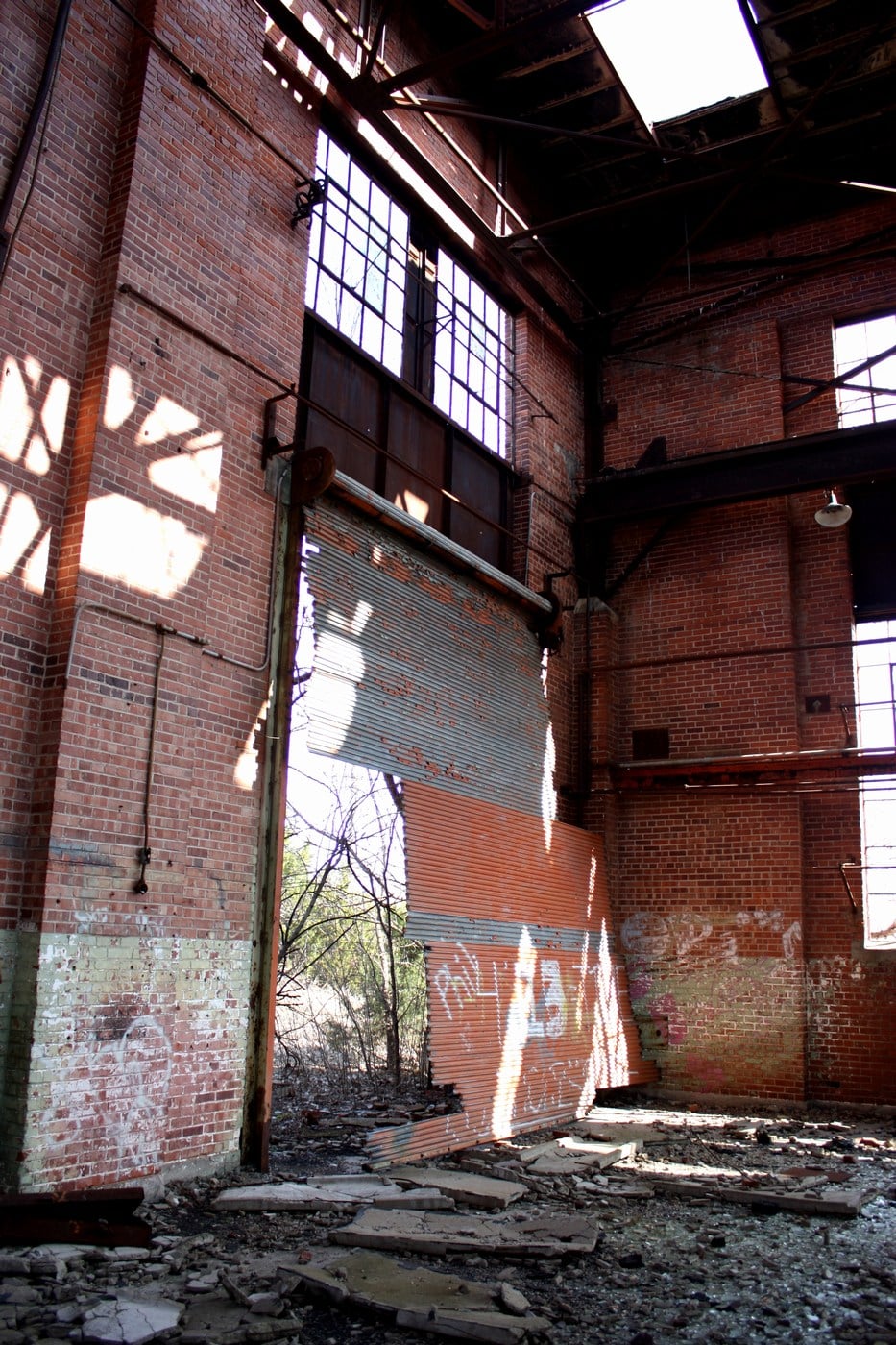
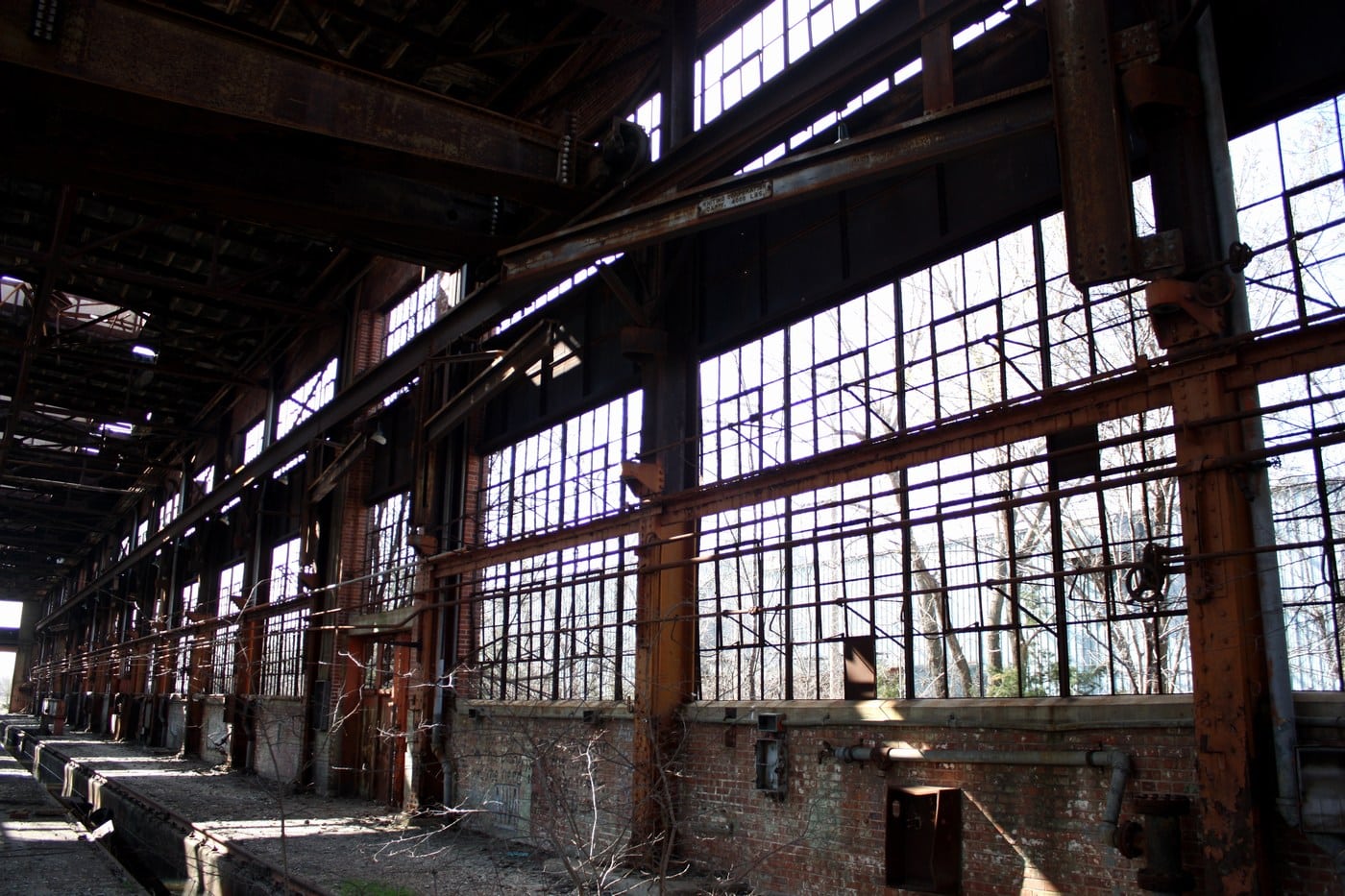
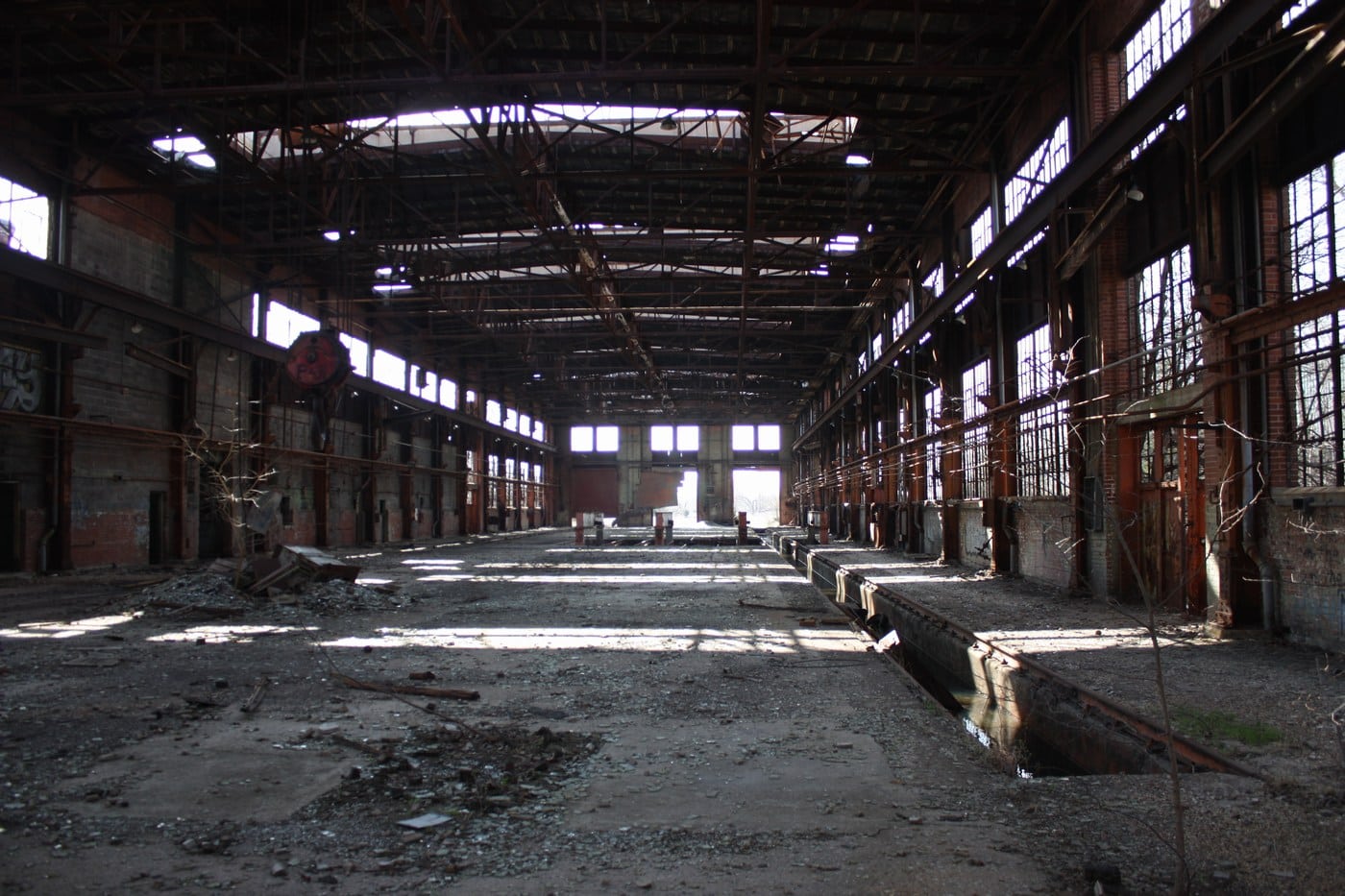
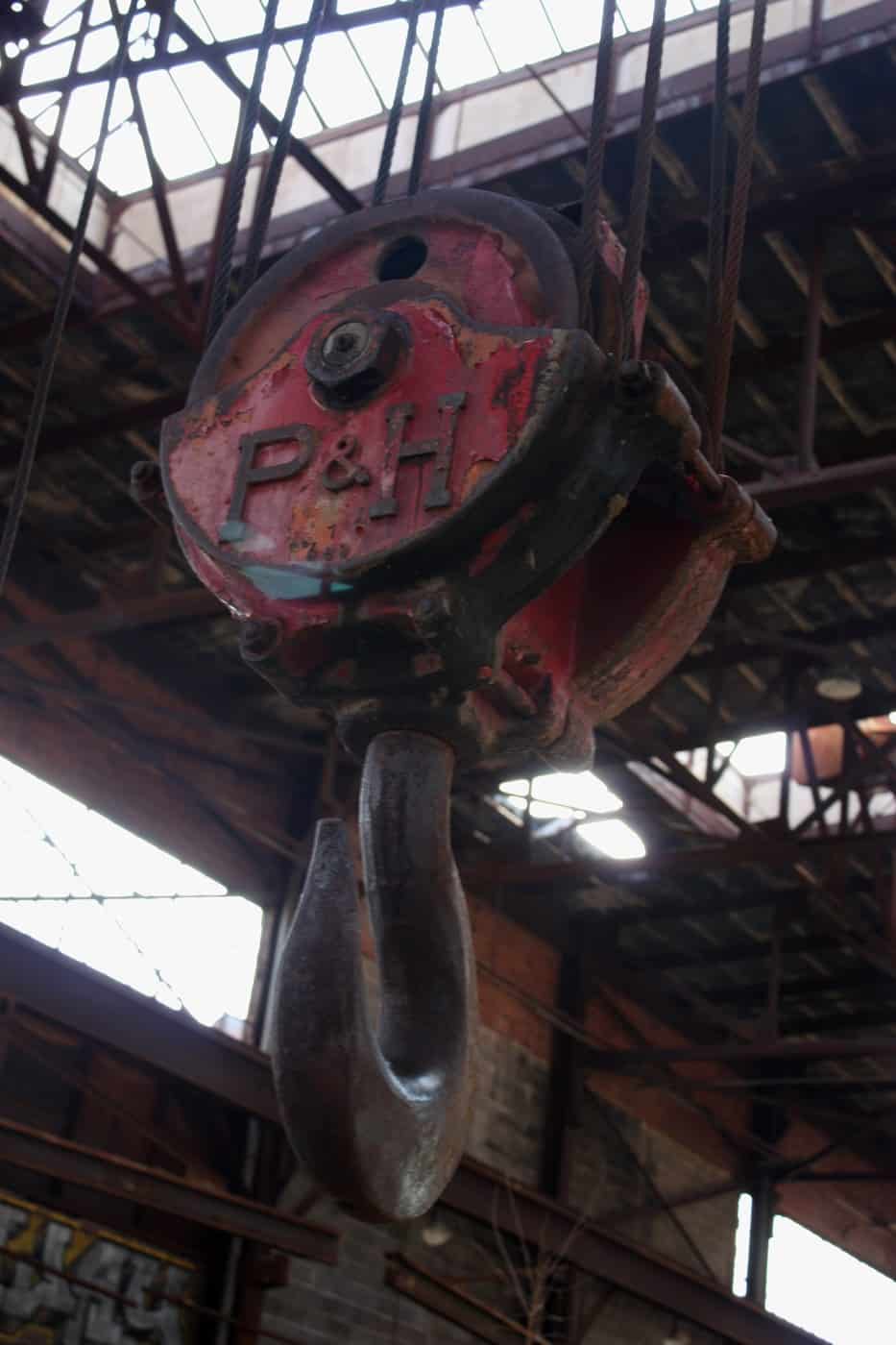
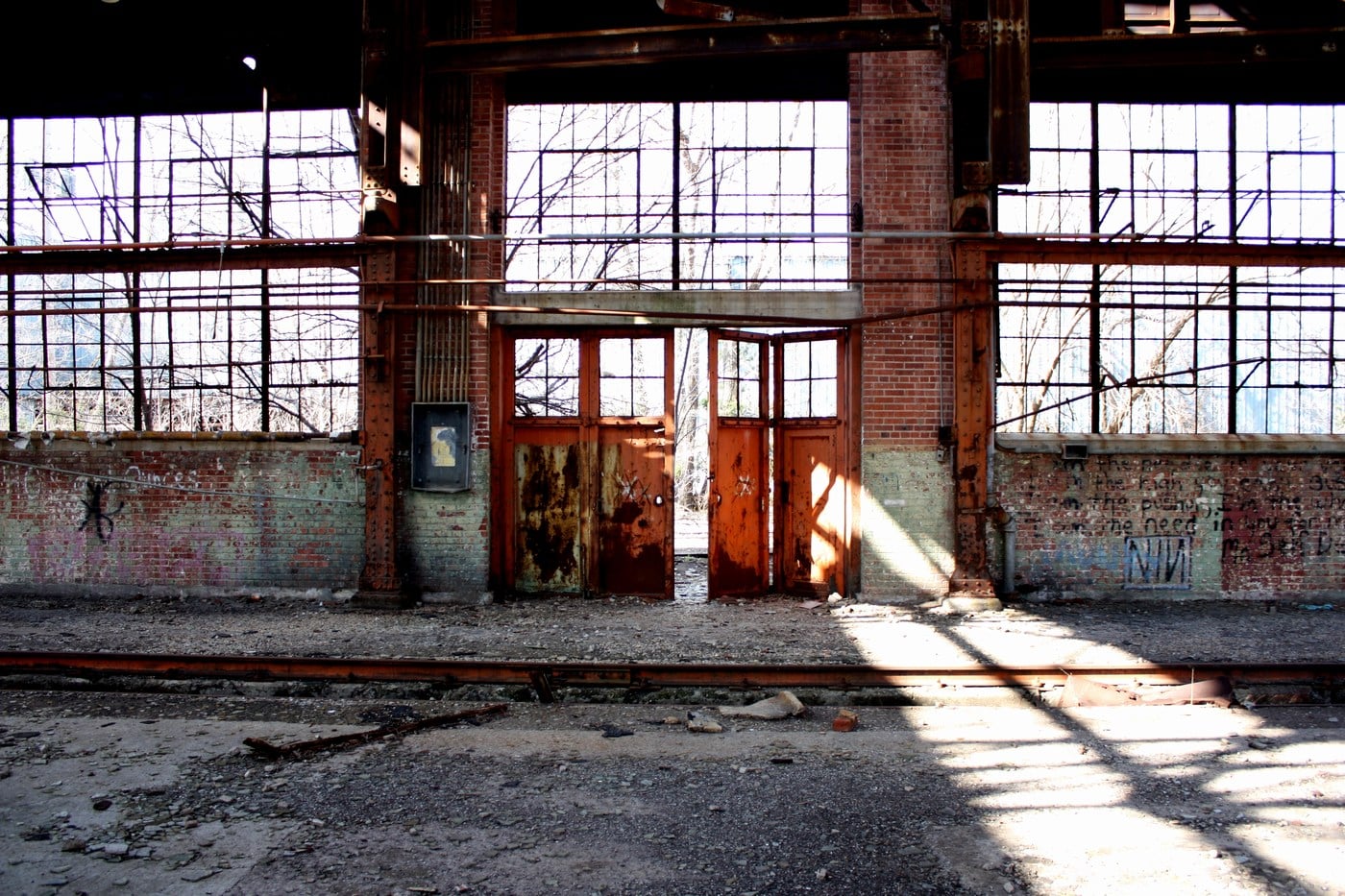
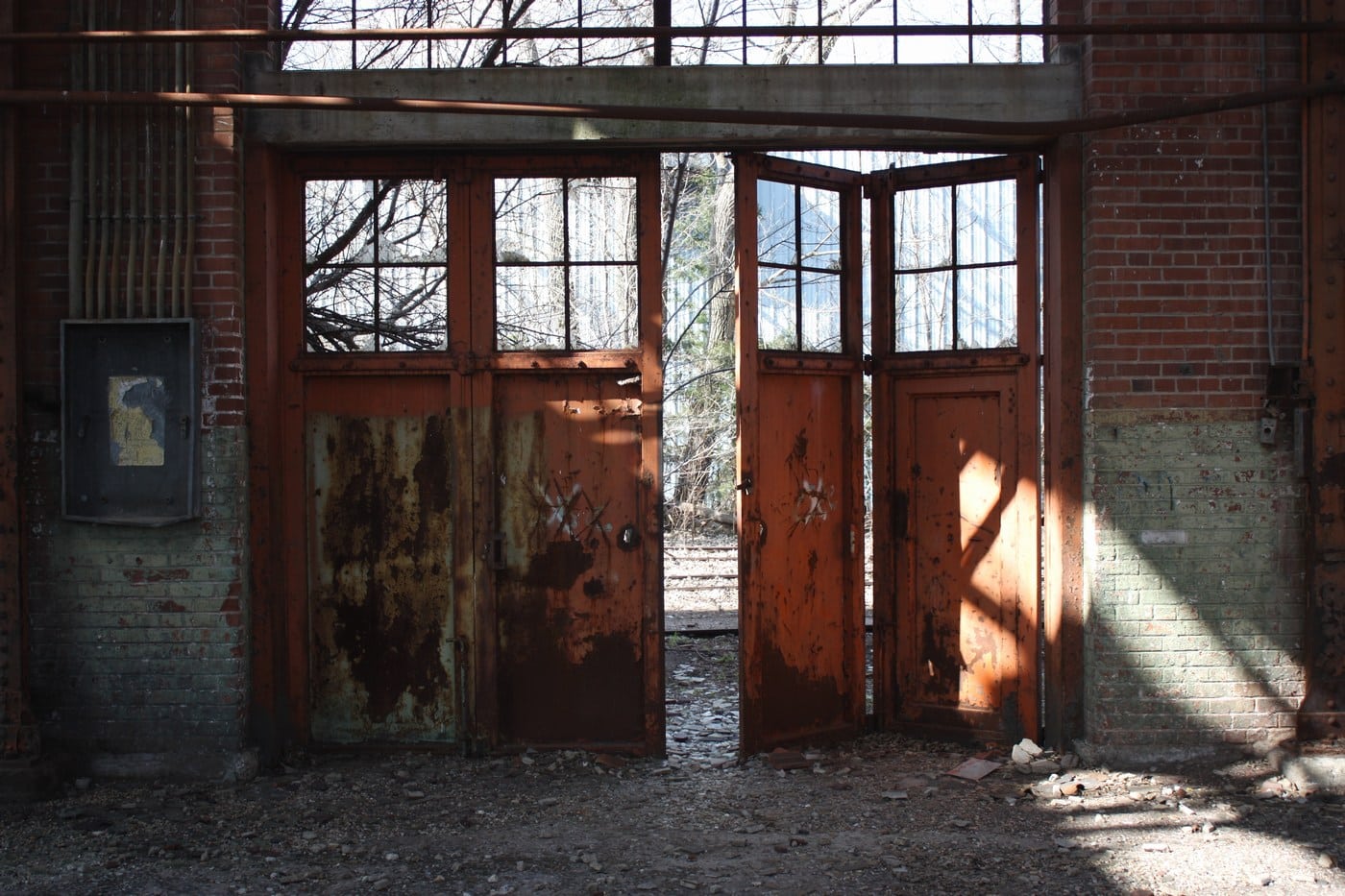

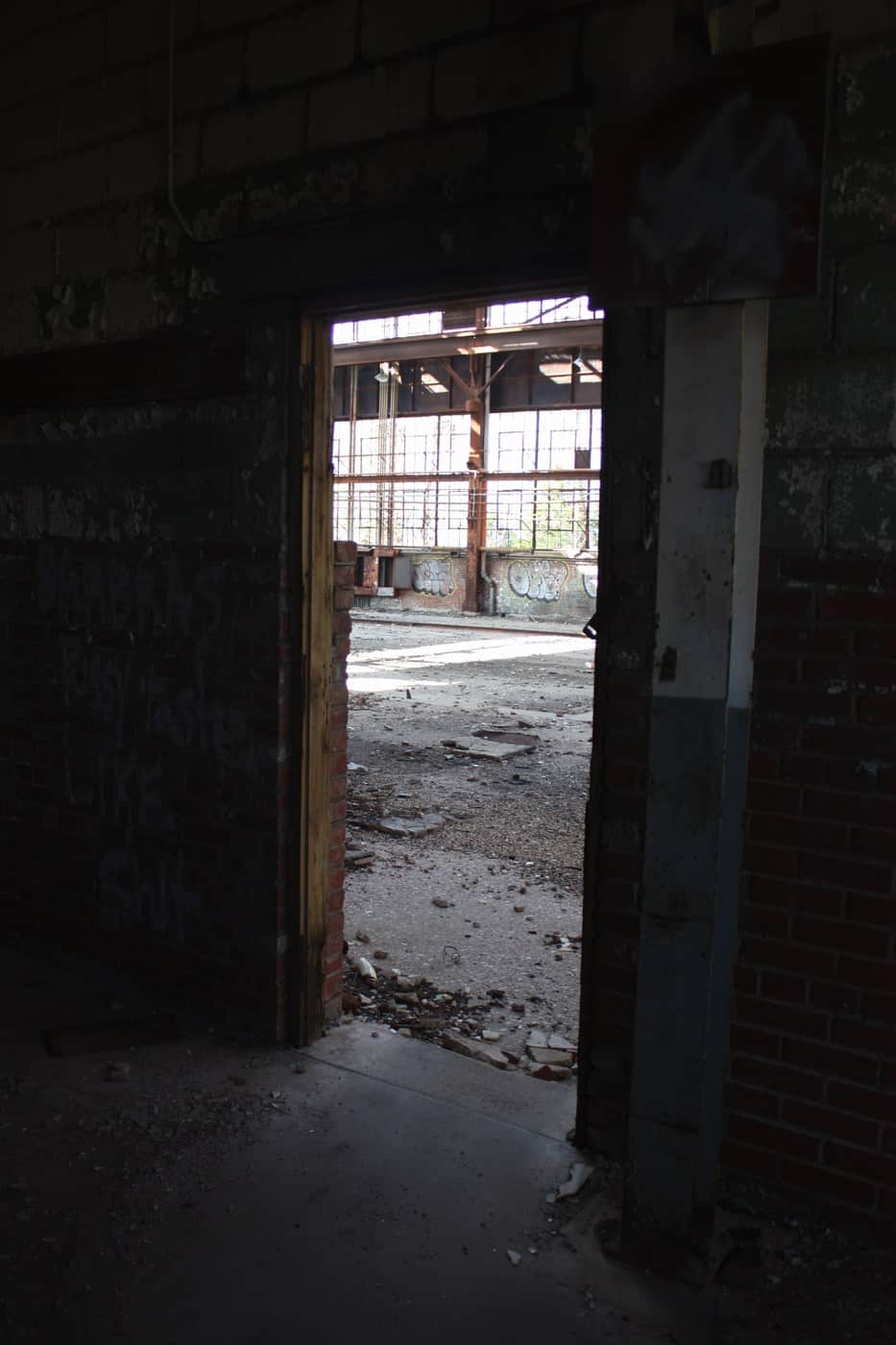
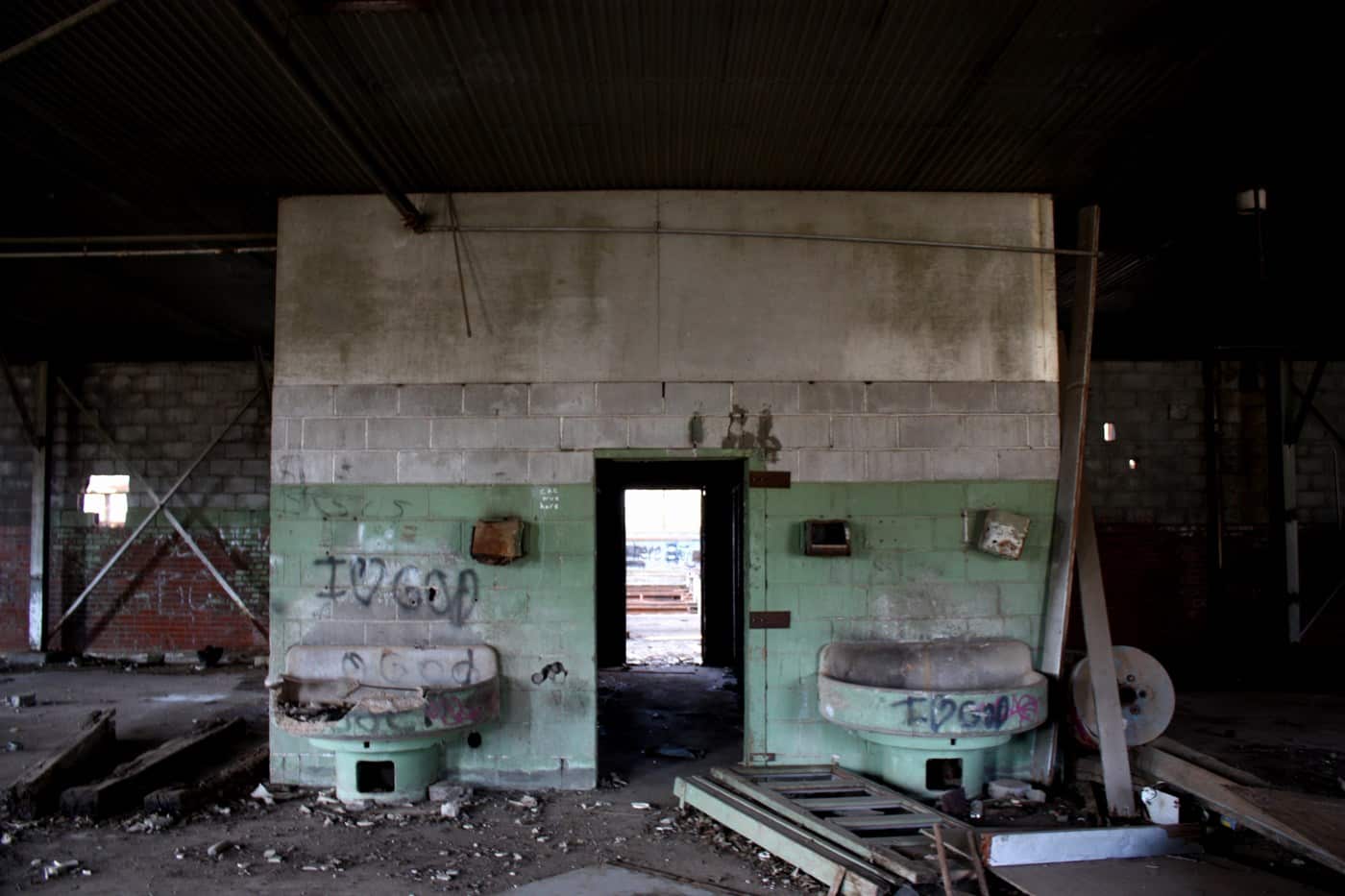
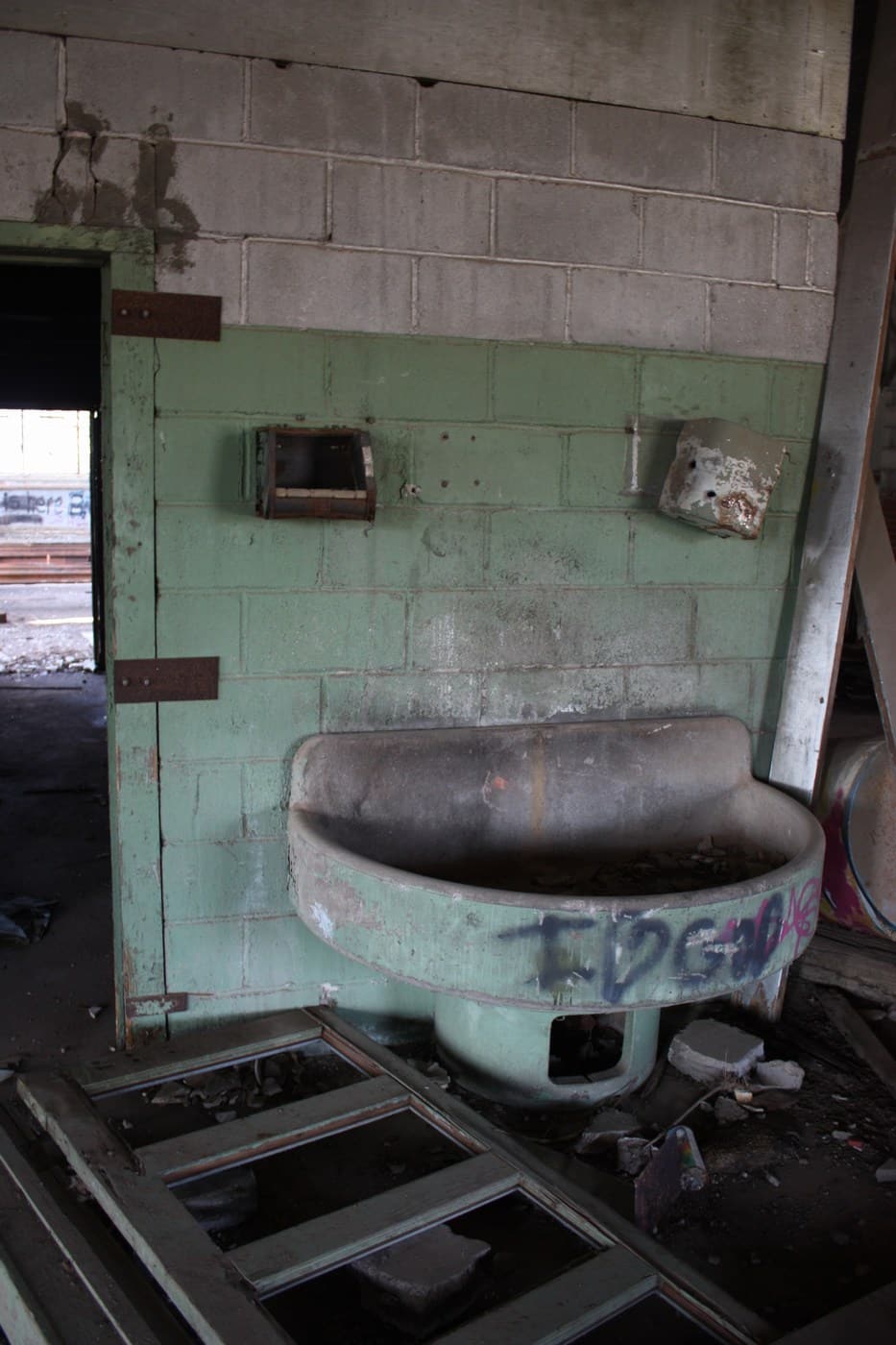
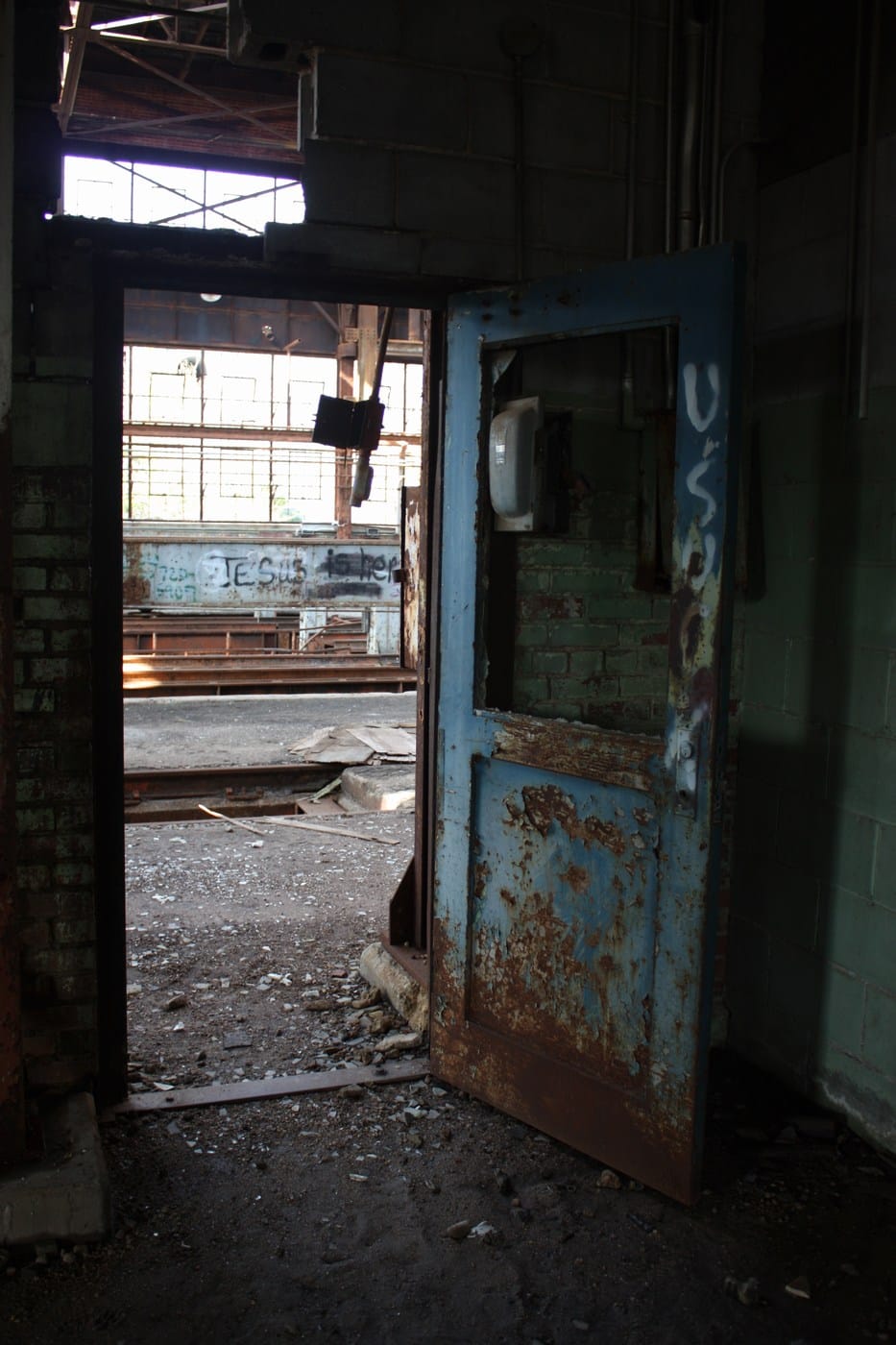
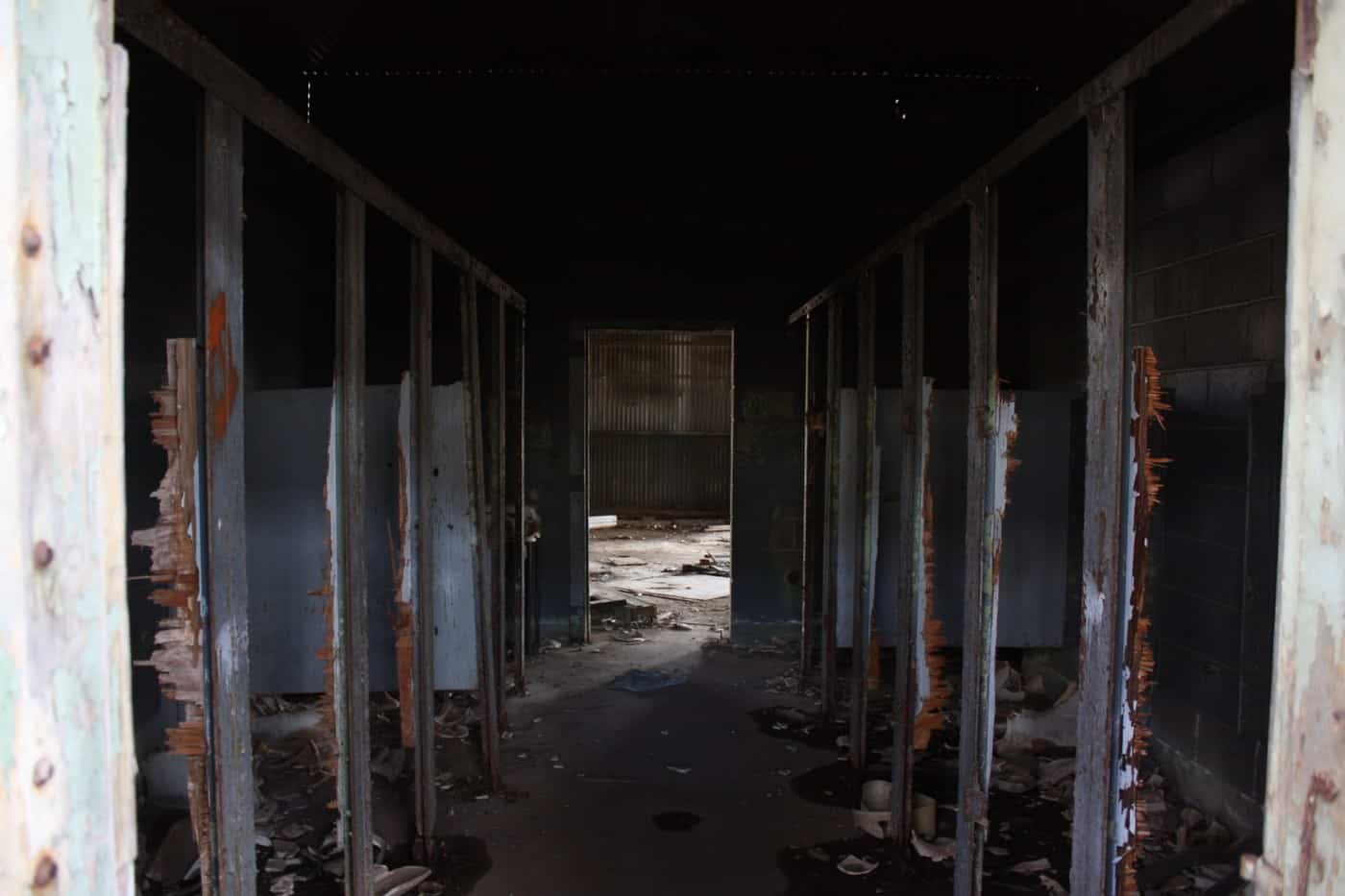
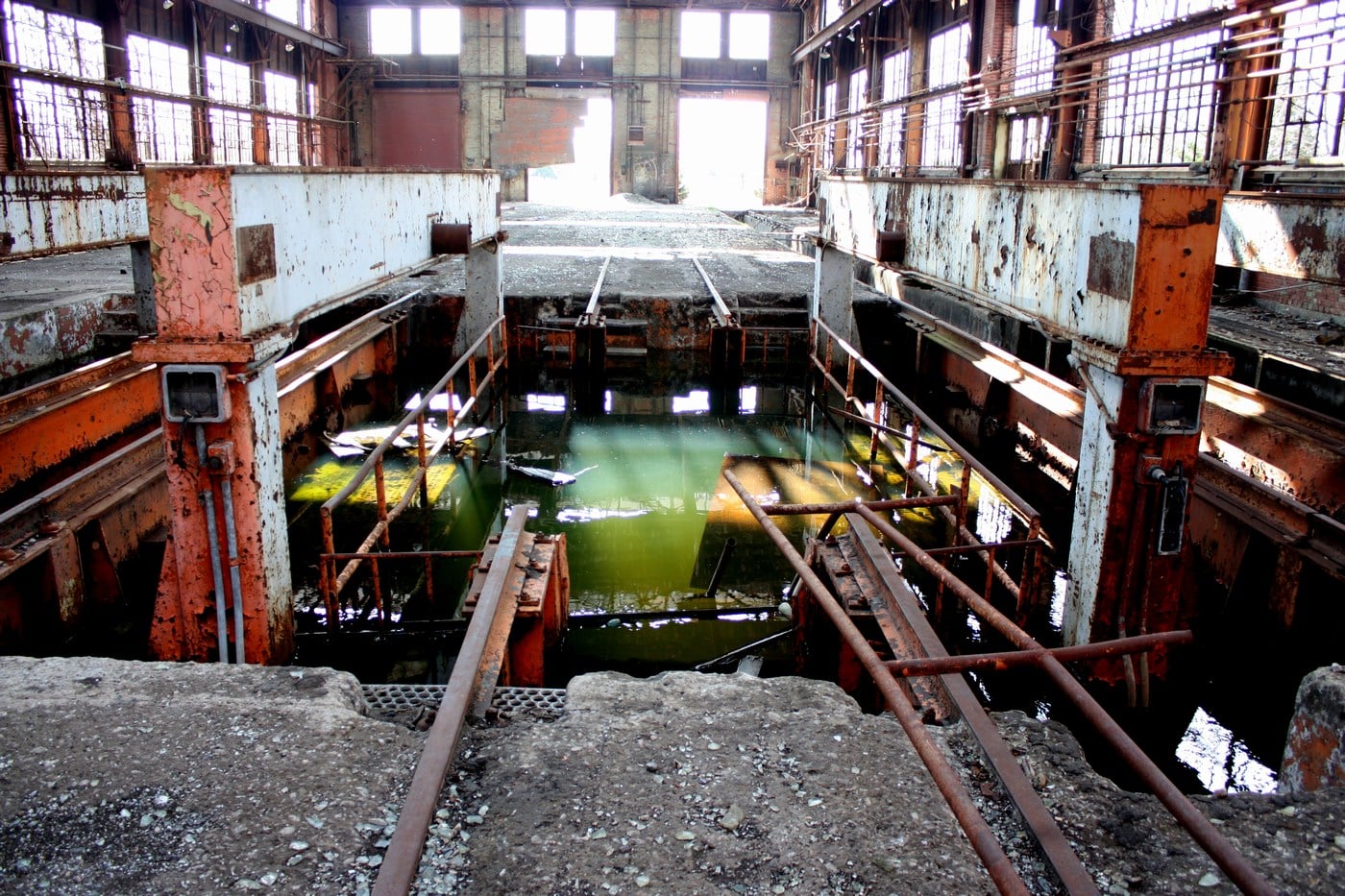
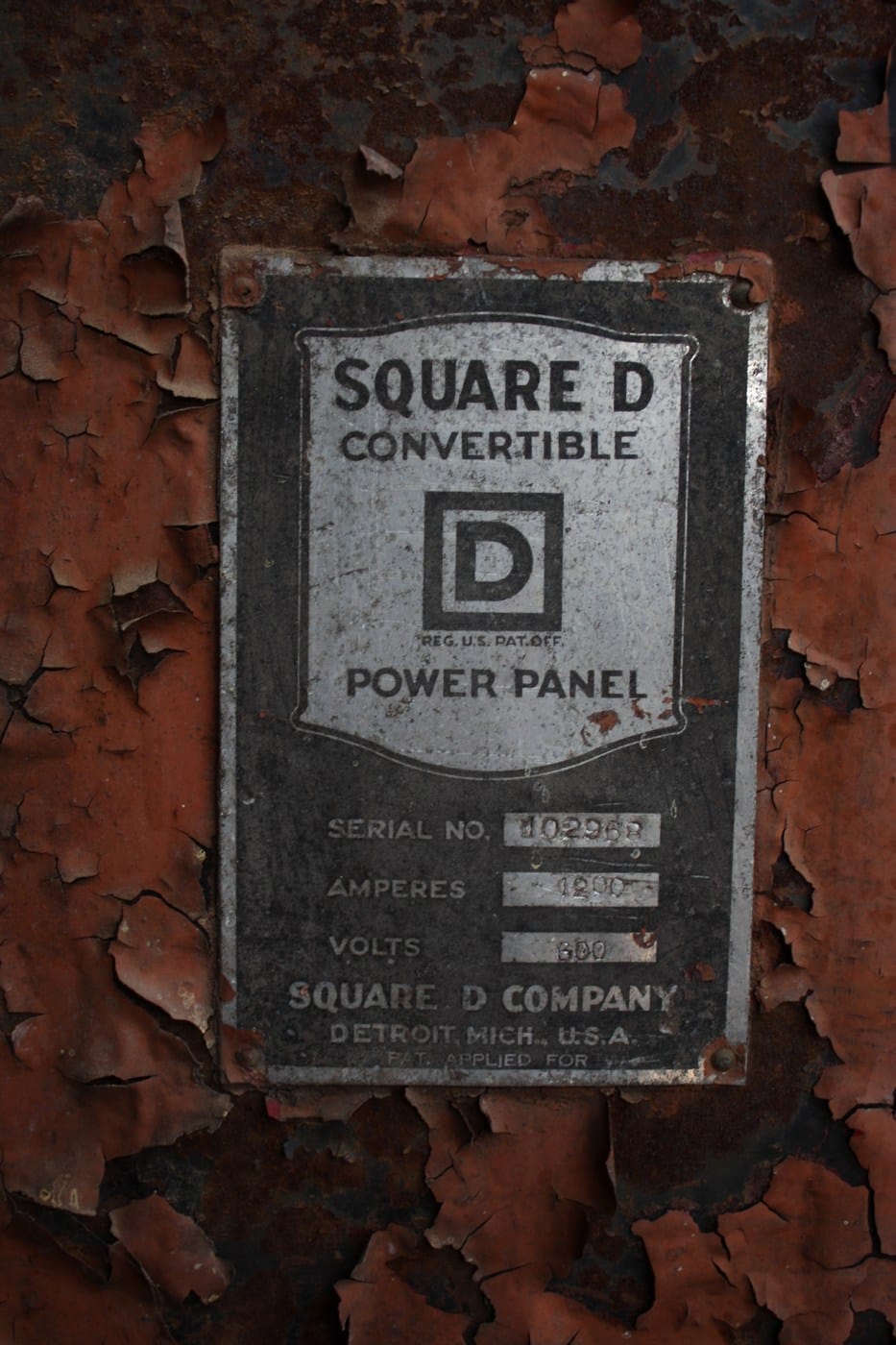
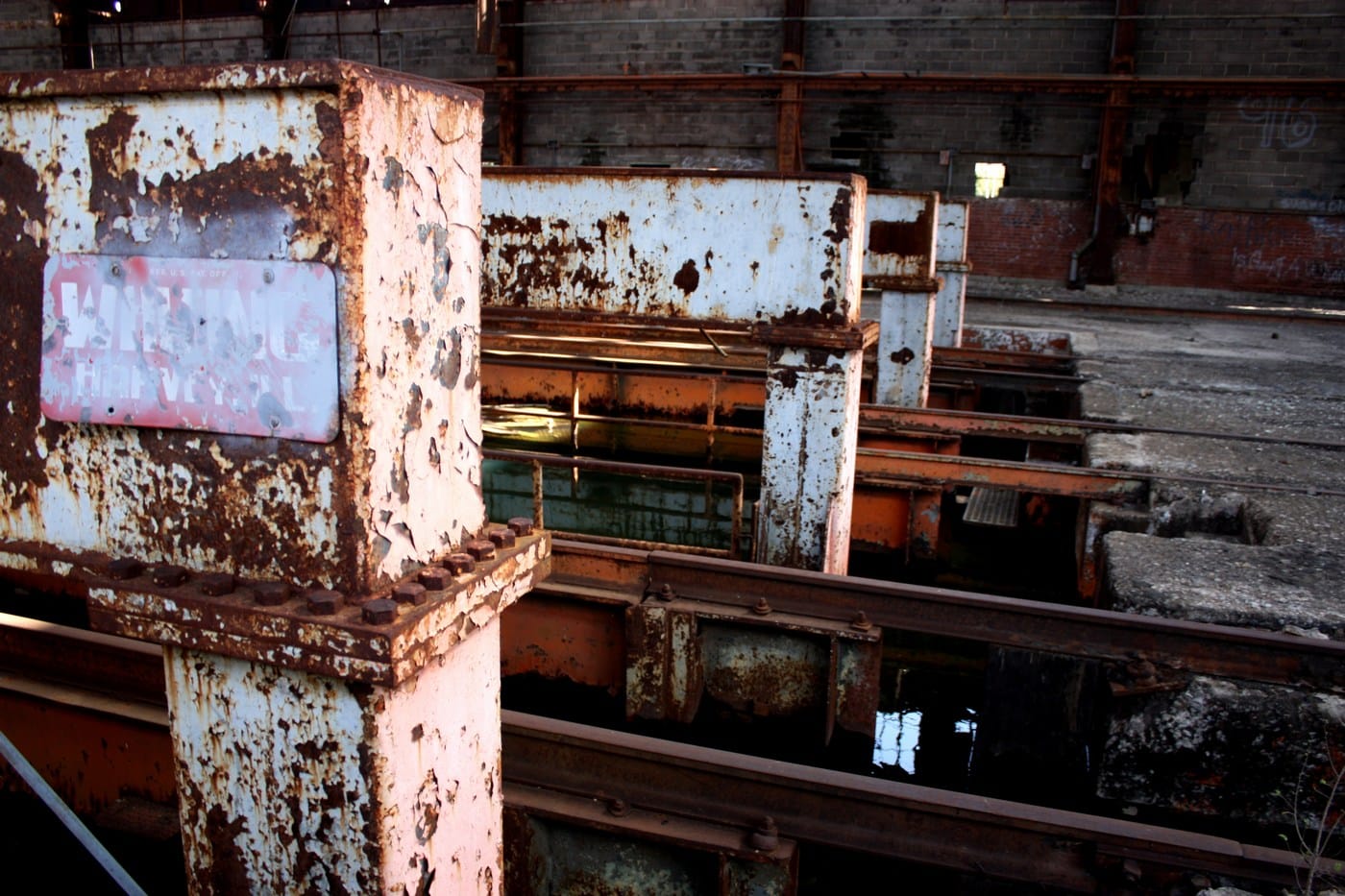


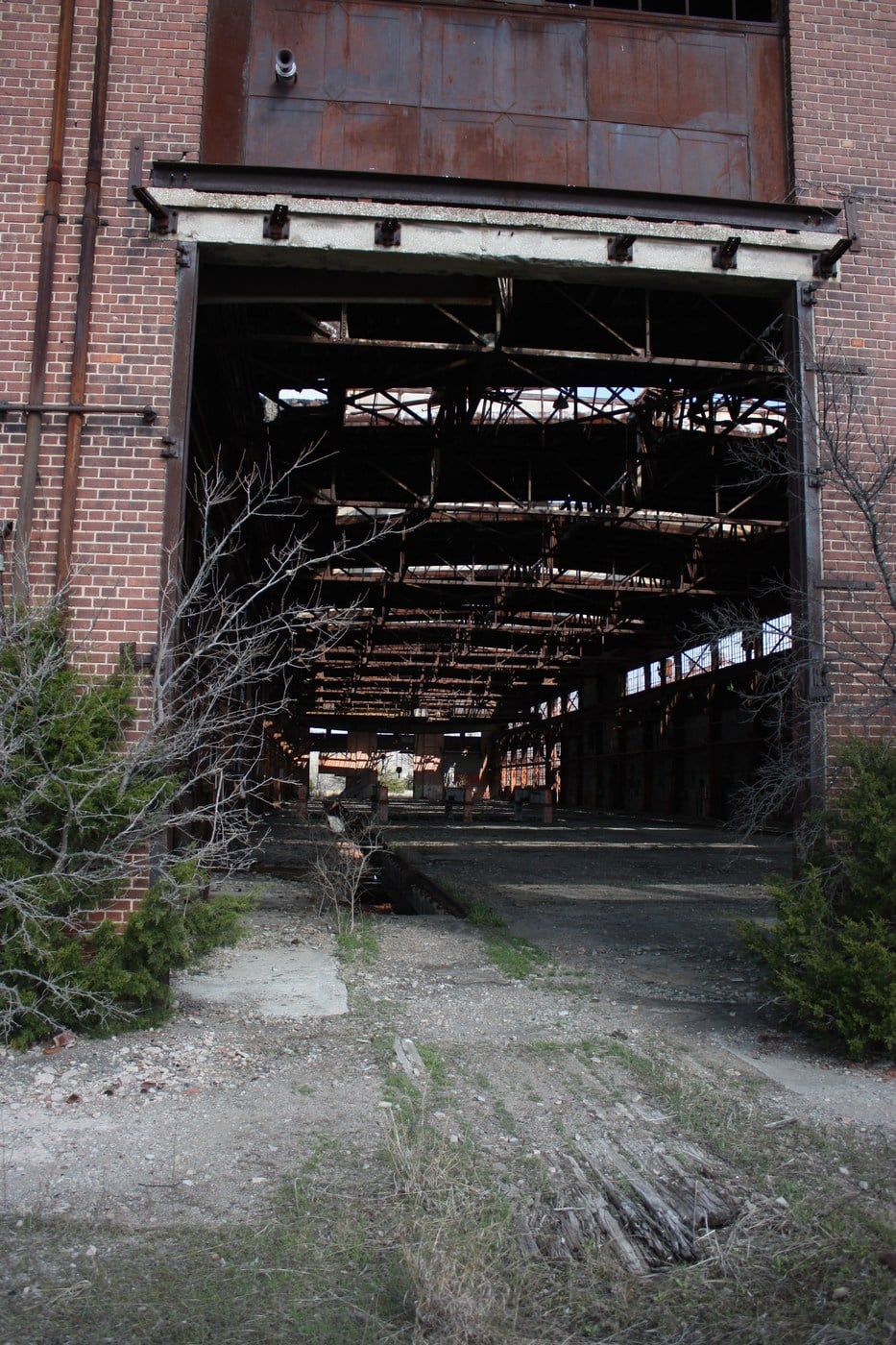
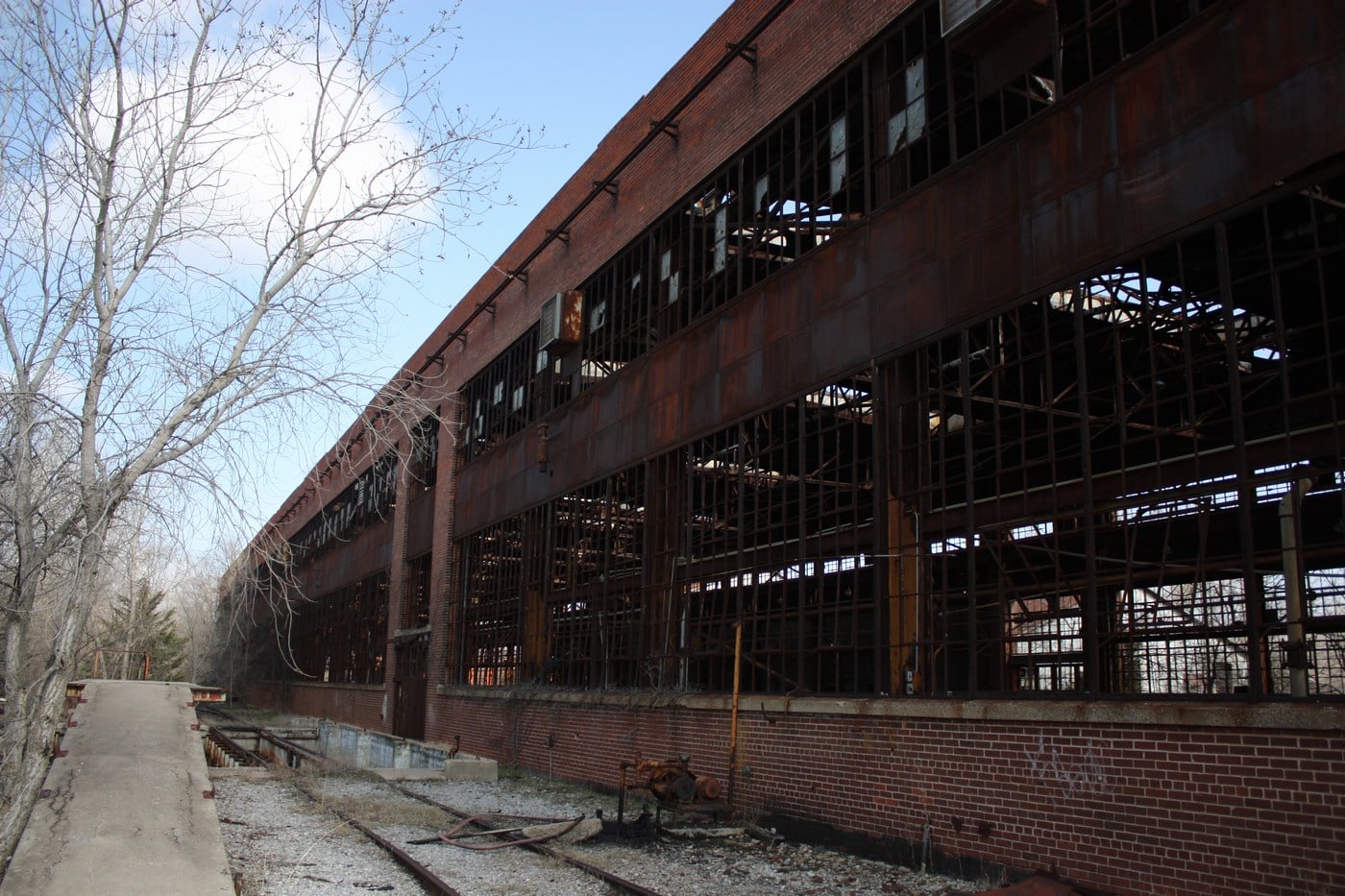
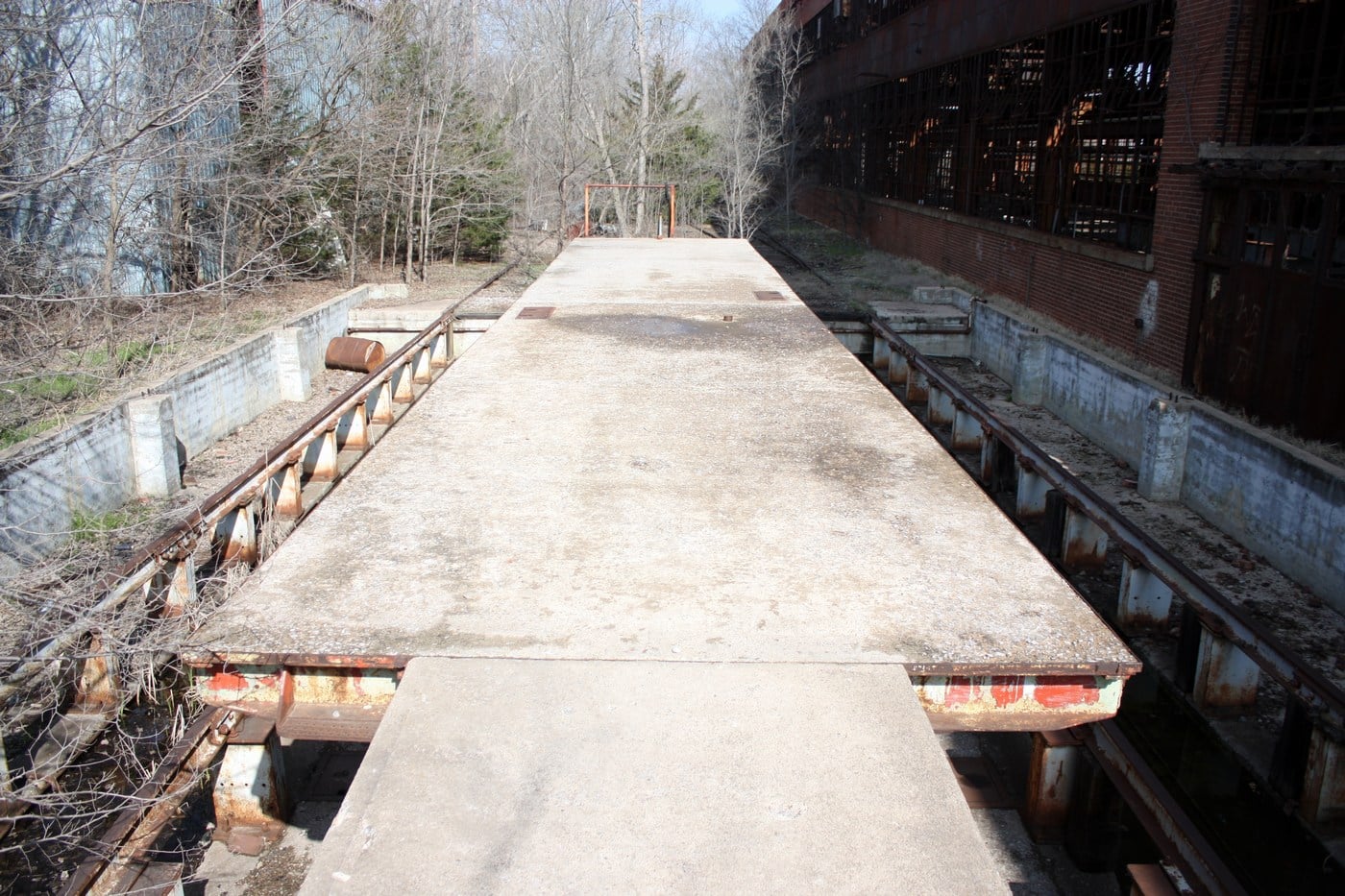
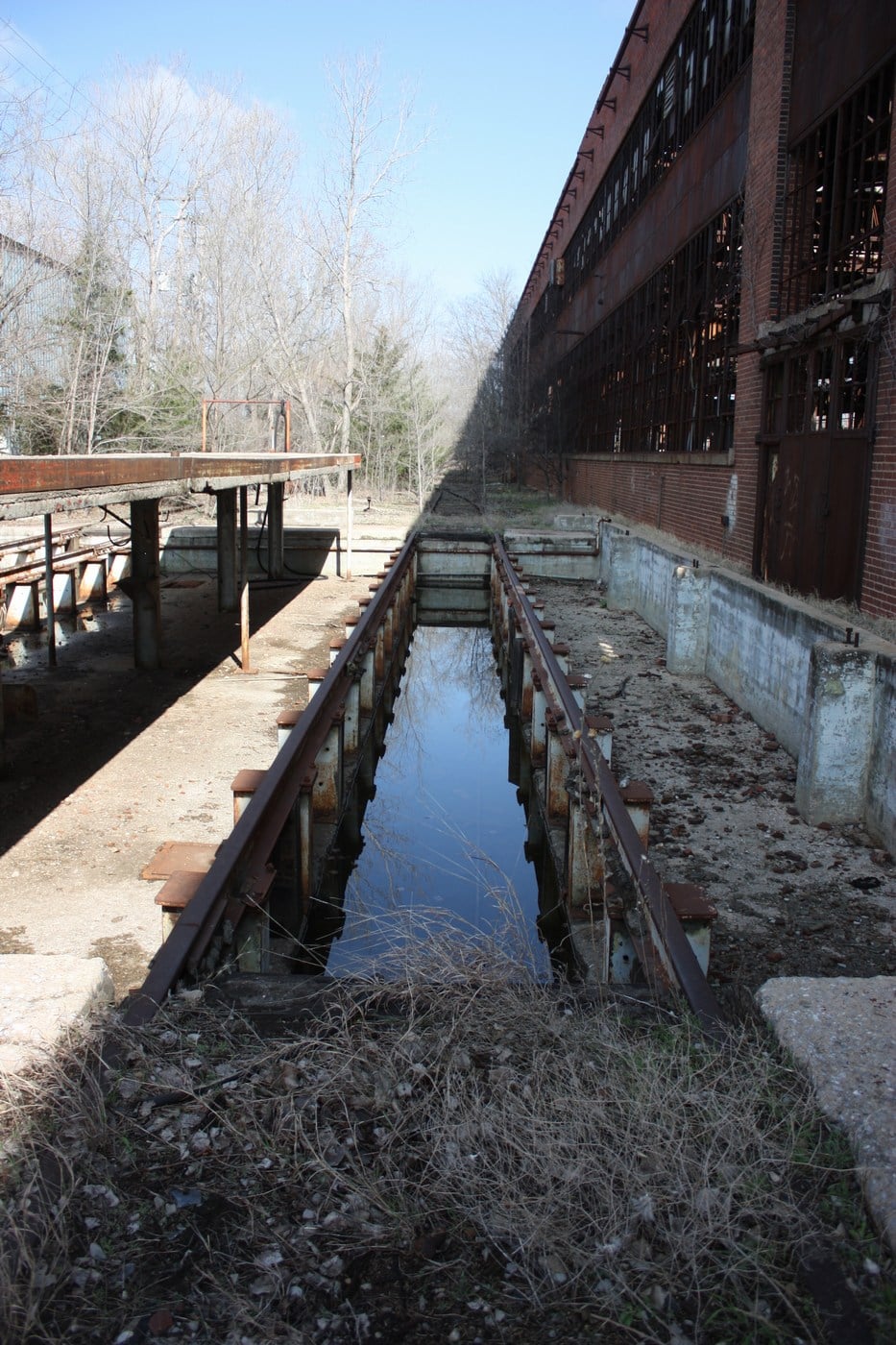
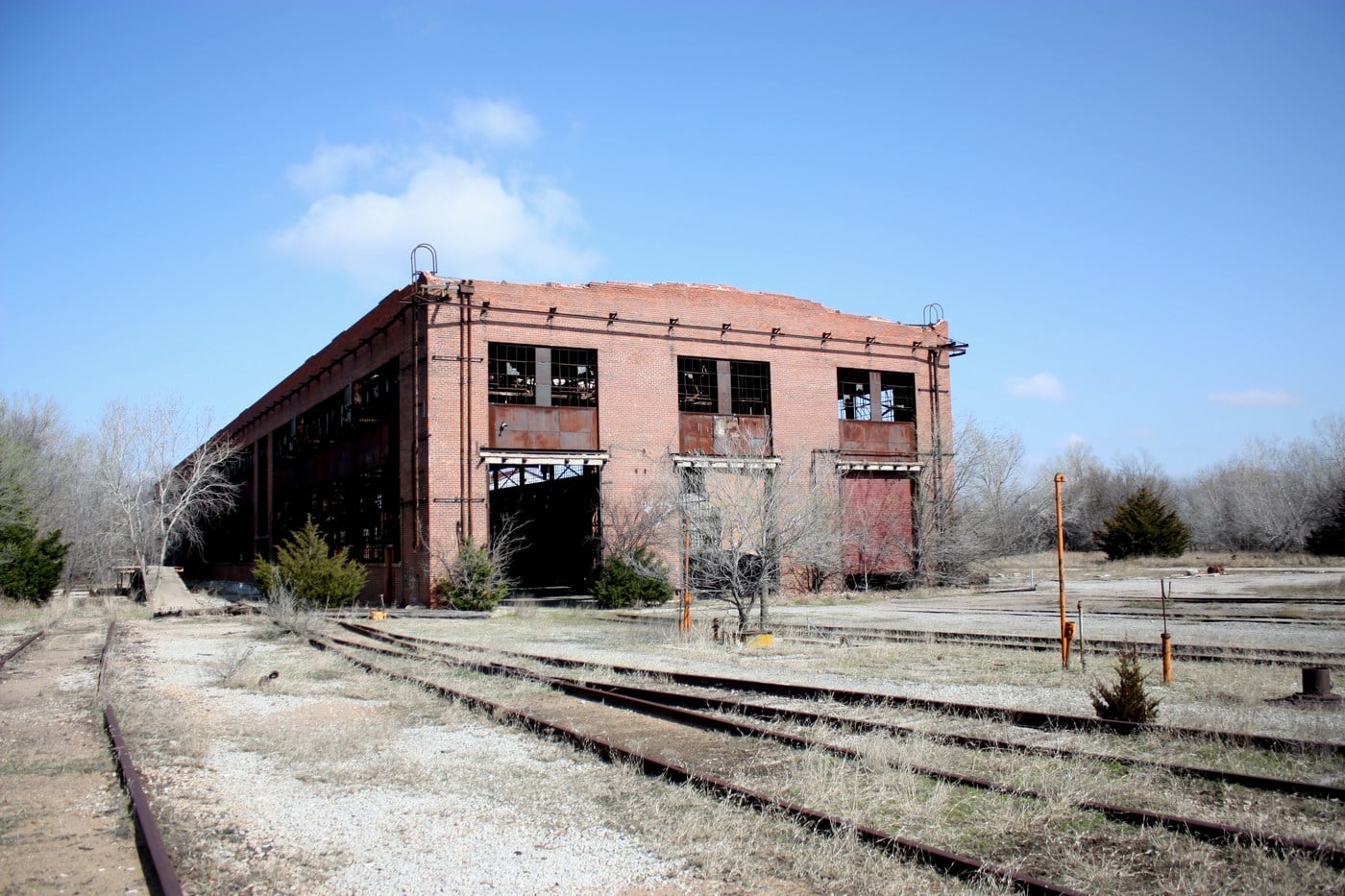
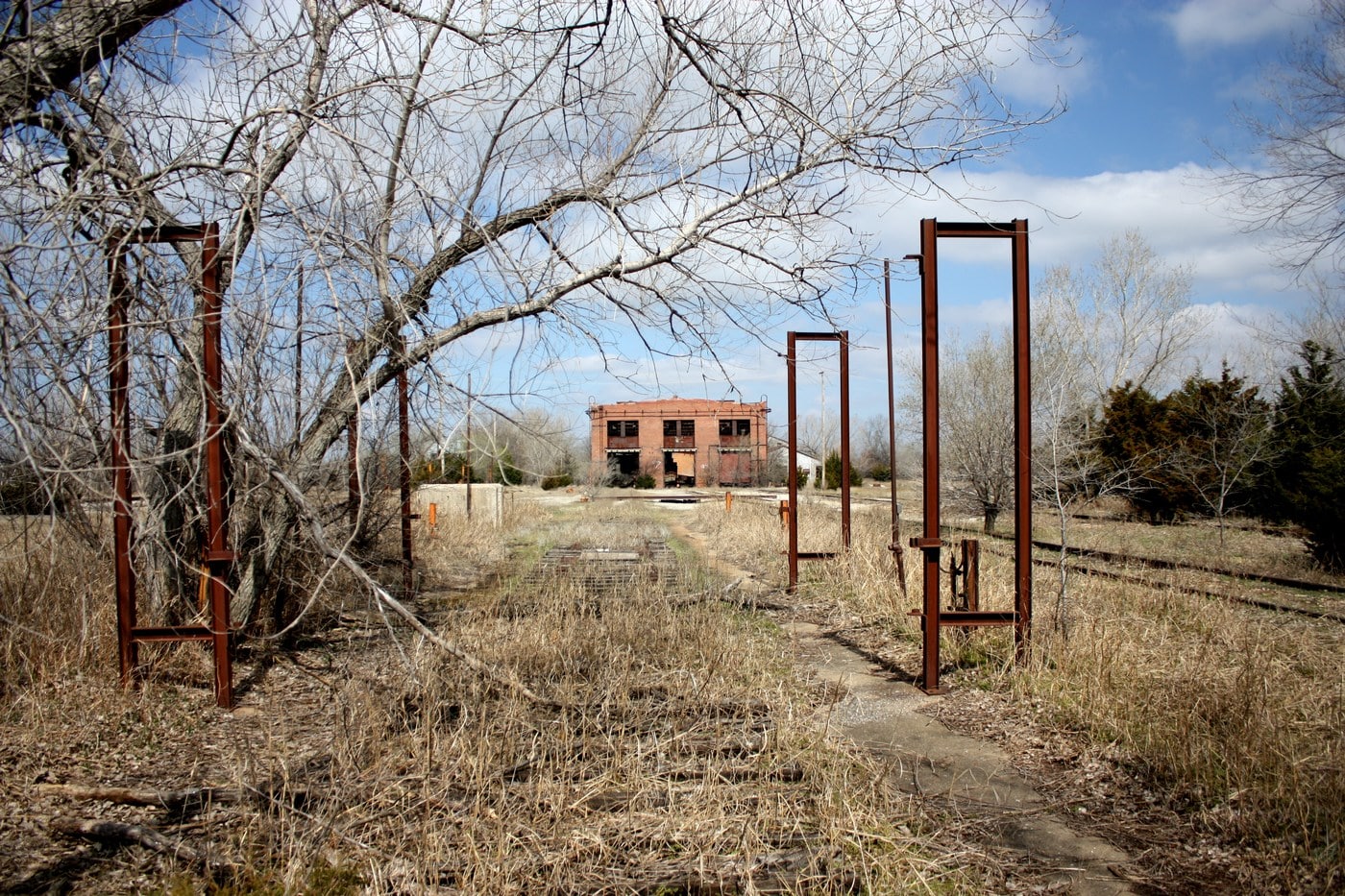
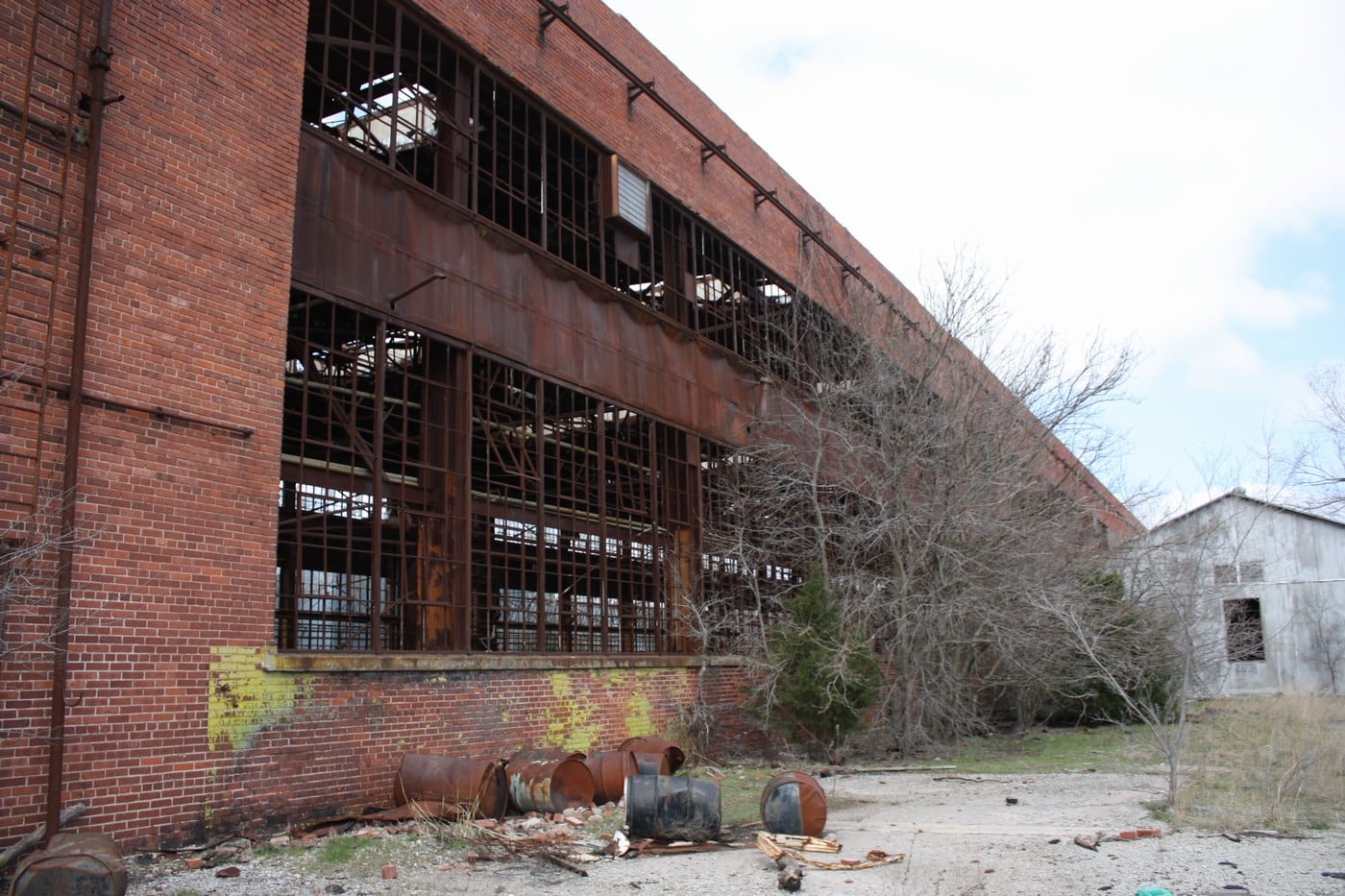
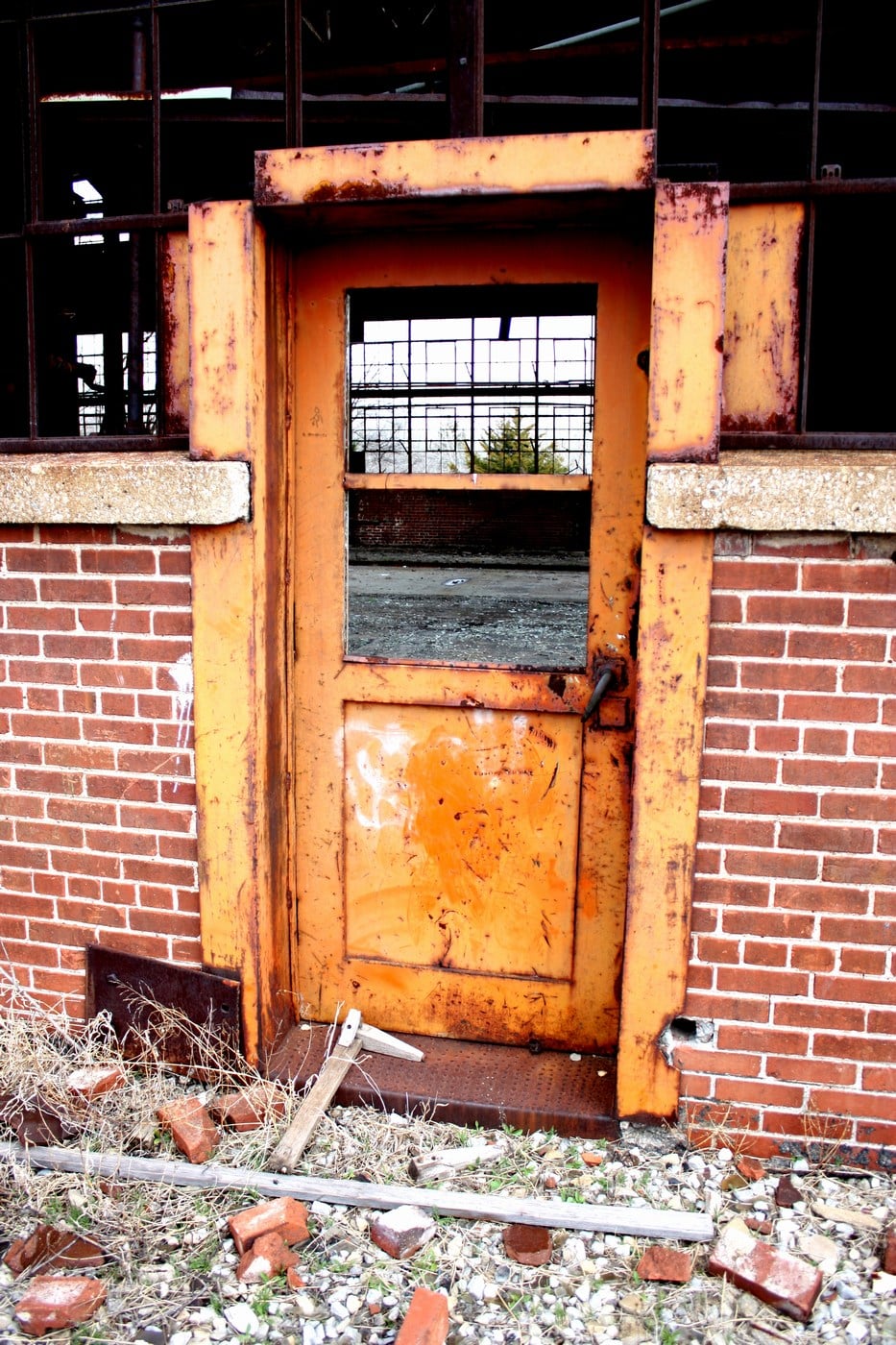
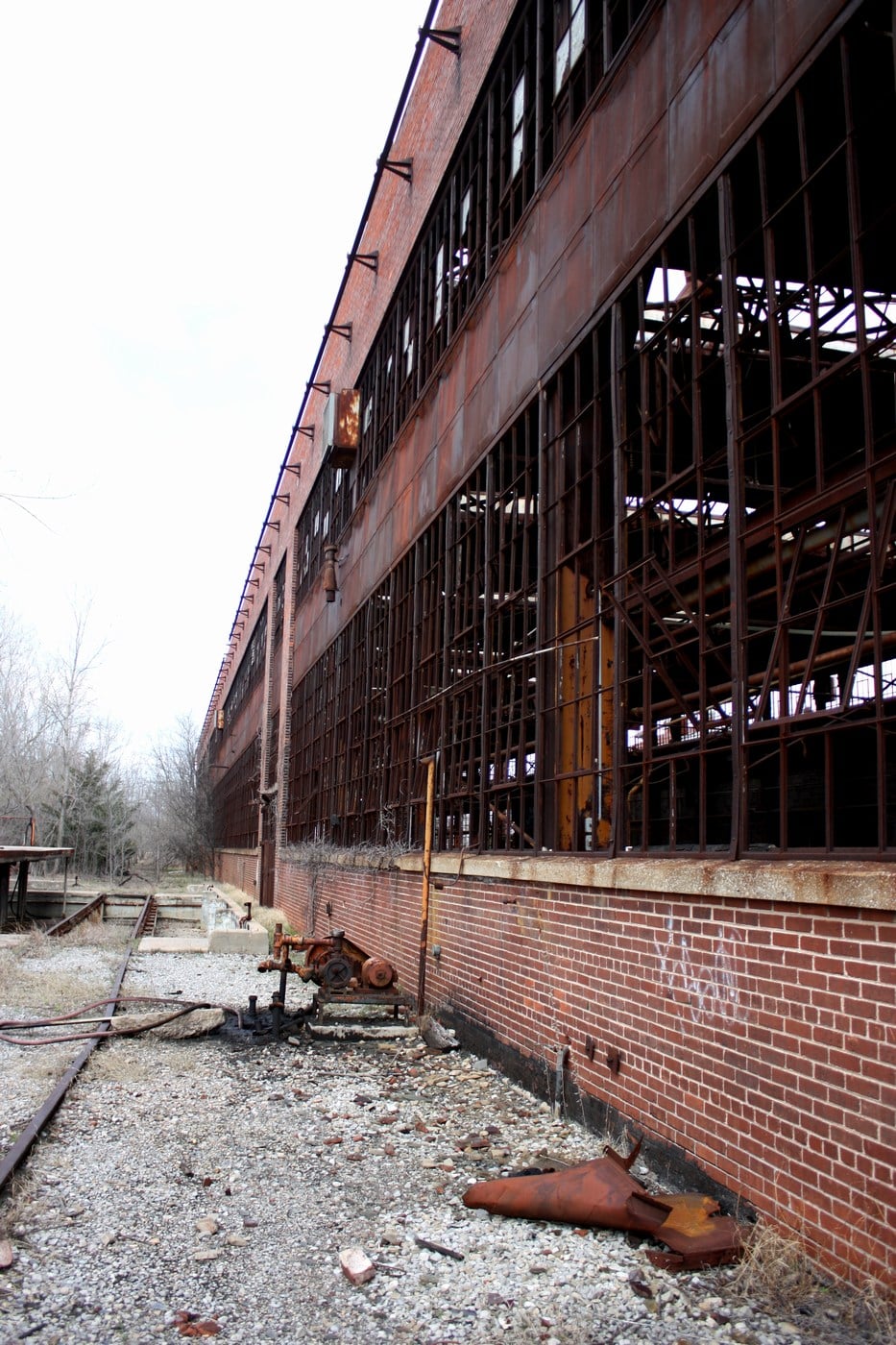
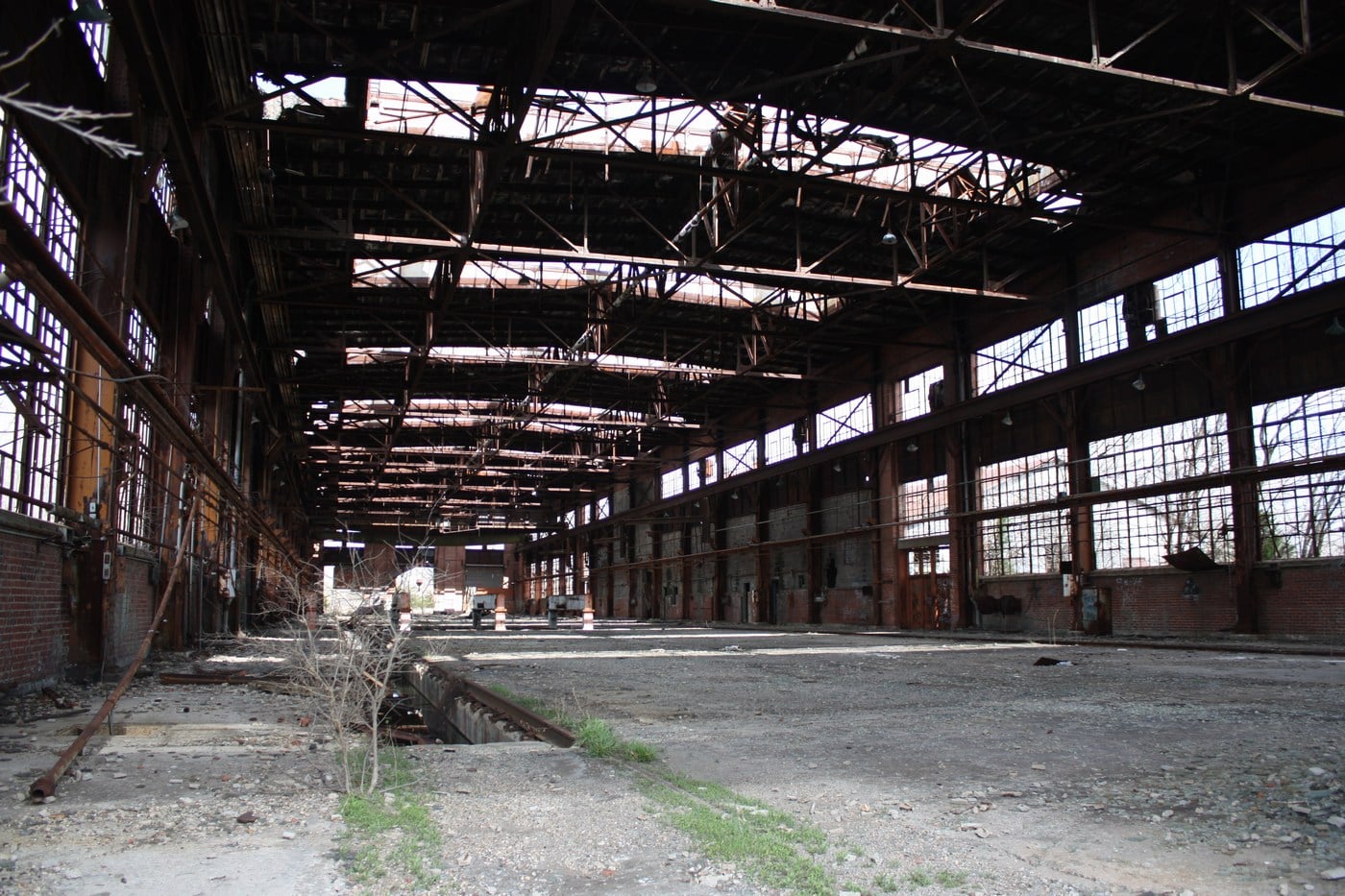
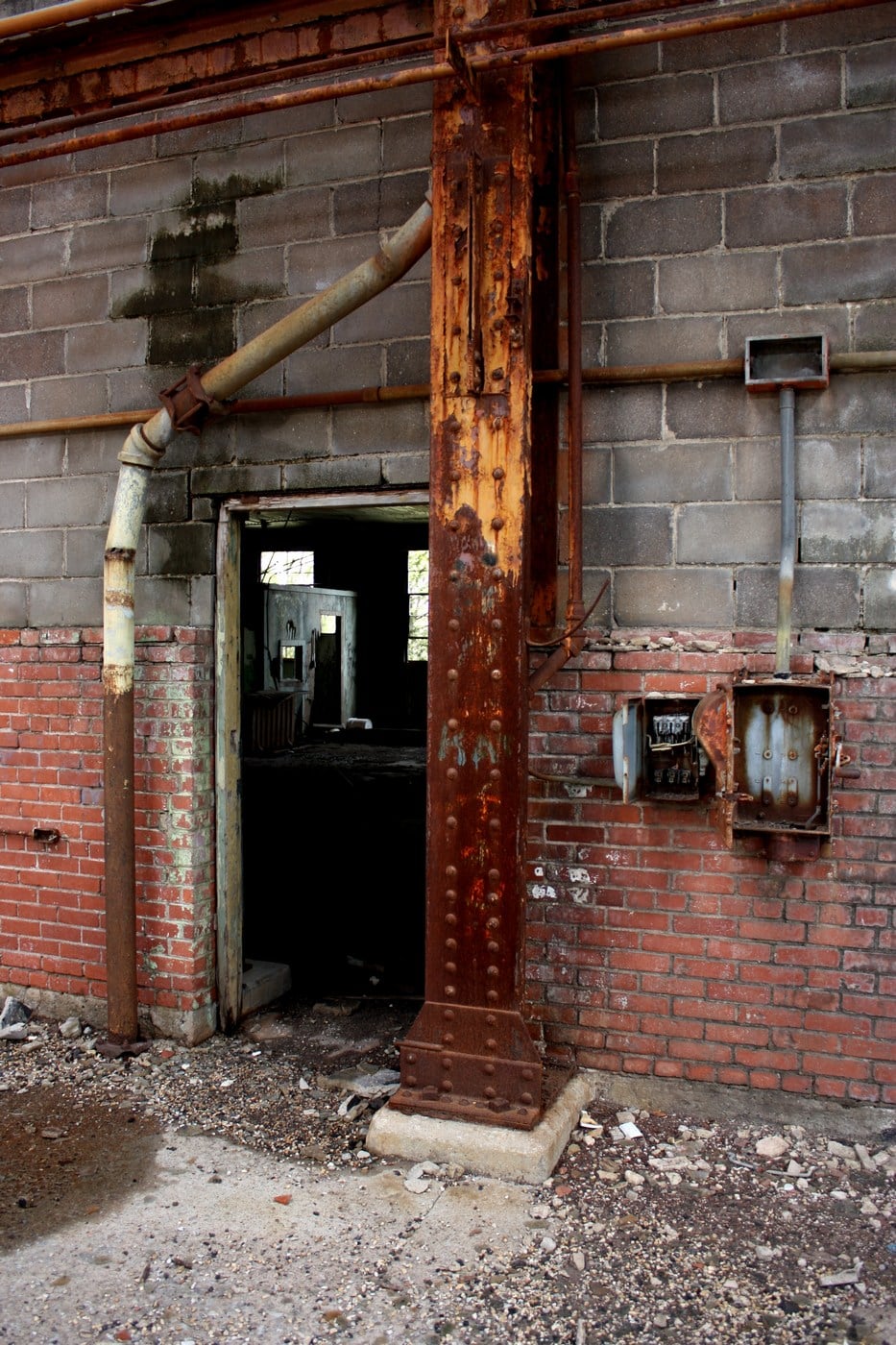
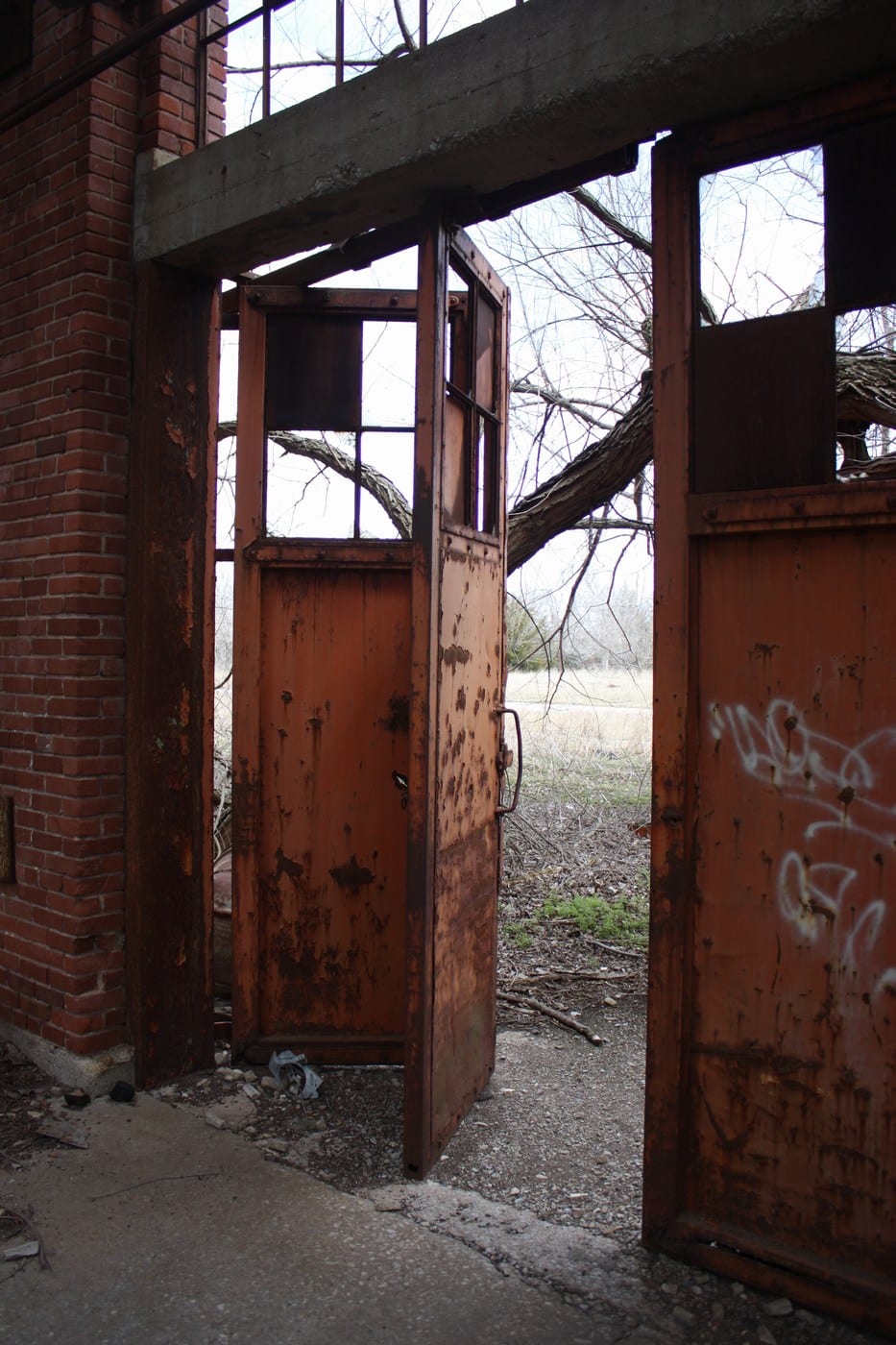
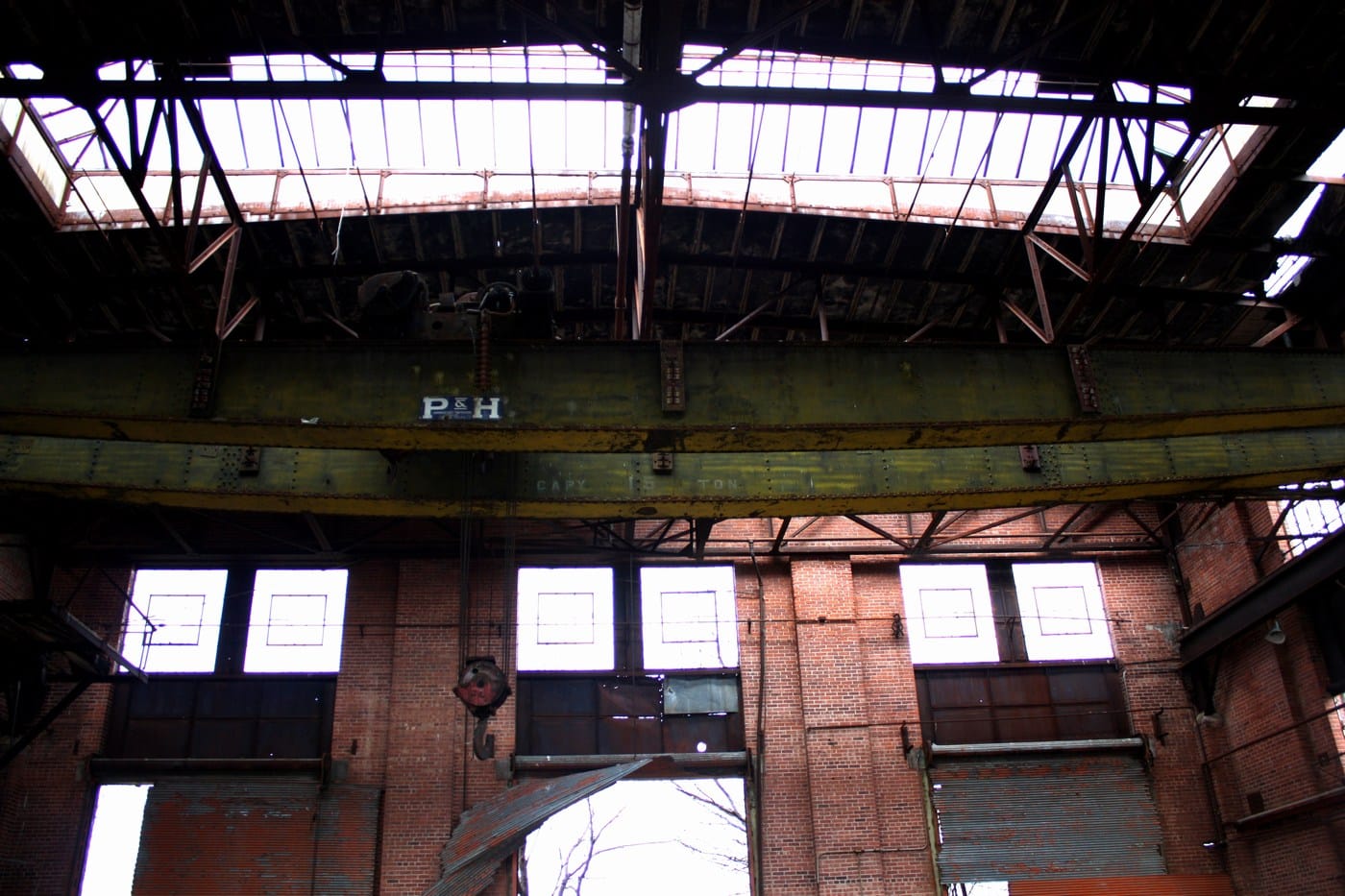
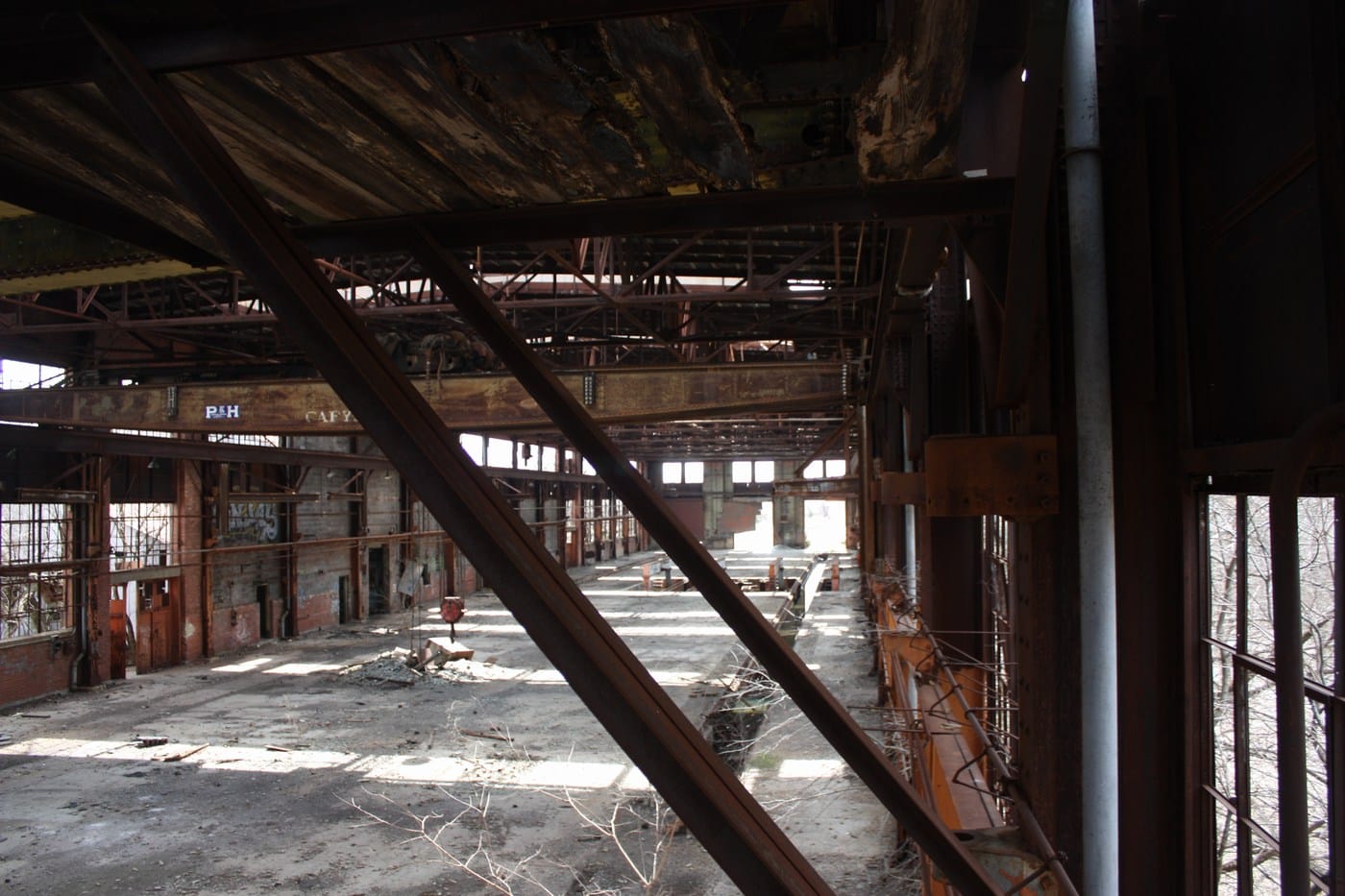
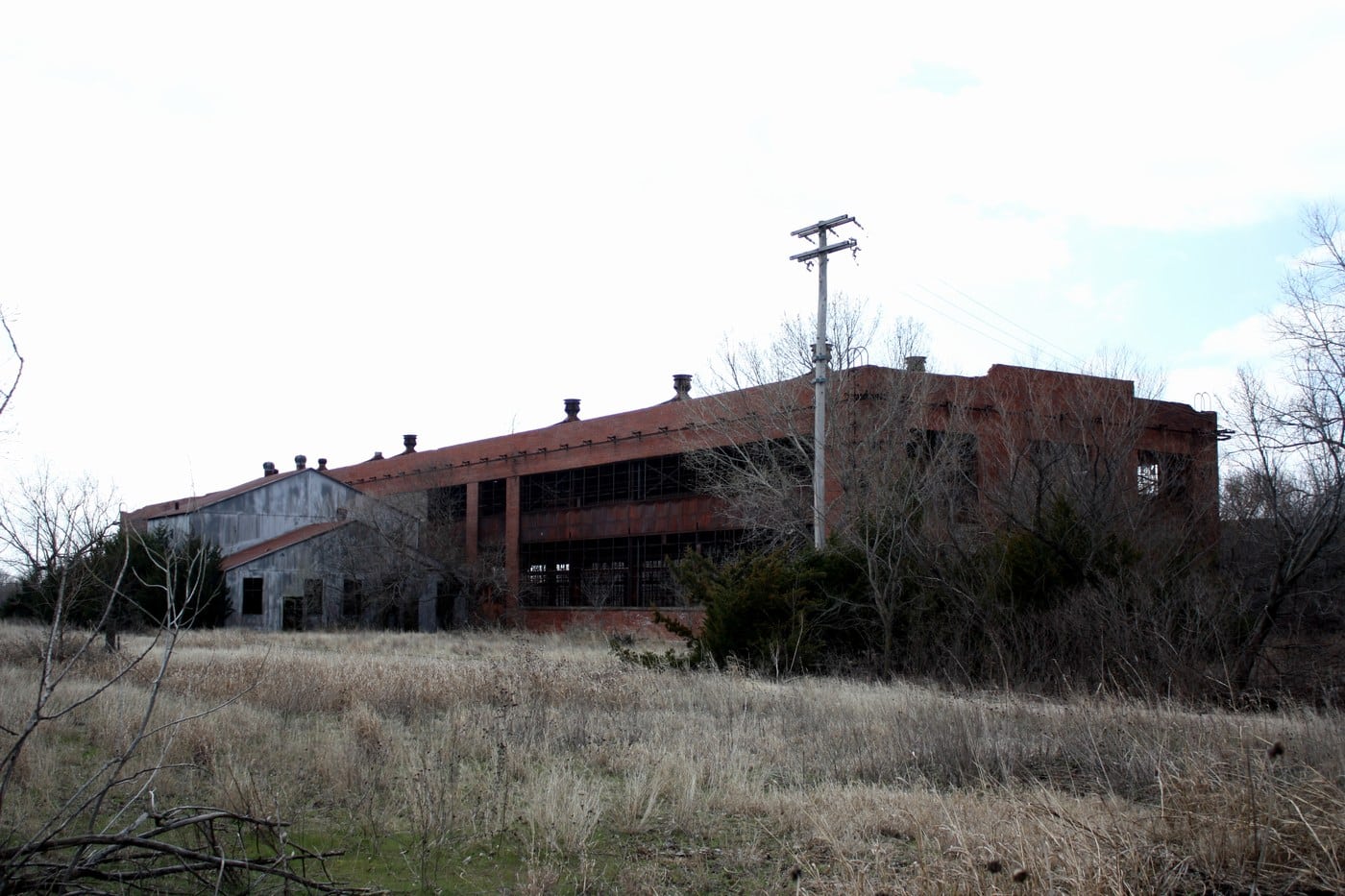
I Want To Restore Milwaukee Road 265 & This Would Be A Perfect Place For It
I Want To Restore Milwaukee Road 265 & This Place Would Be Perfect
I am a retired UP engineer and a former T & P employee from Louisiana. I borrowed out to Oklahoma City to work on what the Katy acquired of the ROCK in 1989. The state of Oklahoma gave the Katy $35 million to run trains but someone spent the money in something else- probably their Bahamas bank accounts. I broke in all over the division that ran from Enid to Duncan, OK. Never realized Halliburton ( a big oil driller) was HQ'ed in Duncan. It was a sad scene on the main line. Half the sidings were blocked with overturned cars. One UP track inspector walked .a half mile of track south of the Union City switch. ALL the ties needed to be replaced except for the switch ties. A derailment at the switch demanded new ties- the only reason they were new! One interesting observation was the wooden stall doors for the locomotives. I worked the OKC to Union City local ( mostly a buffet restaurant sit waitng a main line trains to set out/ pick up) and the last move was to put the mules in the barn (in OKC) and close the massive, and quite heavy, solid wooden doors. Noticed the same doors in the El Reno shops. I would never believe what I witnessed in 1989 and it was only fueled by greed- the UP paid us what our jobs made at home plus what the Katy jobs paid. We even ran with cabooses !!!!
Anyone know any history on the old El Reno Railroad?
Those are nice photos thanks
FWIW, this building has been demolished. Drove by yesterday (12 June, 2016) and there's nothing but a bare patch where the shop once stood. It still appears on the Google satellite image, but the gentleman at the Canadian County Historical Society Museum (a former Rock Island employee) said it was demolished within the last year. He couldn't tell me if the contaminated soil was also removed. FWIW, the metal building directly south of the shop, which served as the CRI&P paint shop, is still standing…
Structure was dismantled during February 2016.
hmm
Ik its not legal but sometimes ill go walking and take a visit to that building and it changes every day. Parts are being taken out and taken away, new graffiti shows up, and things are falling apart.
Nice post !!
i have heard recently, the engine house has been razed, much to my dismay. anyone know if this is true? i certainly hope not.
According to a post in the Sooner State Rails facebook group, it does appear that the engine house is in the process of being demolished. Sad turn of events for a piece of Oklahoma history.
Yes. In a Rock Island email group, a member reports he was at the site last week and the red brick shop building is currently being demolished.
How can one gain access to this facility for taking photos inside with a vehicle or two?
All these slim data are made with parcel of capabilities comprehension. I like it a considerable measure. This was a helpful distribute and I think it is fairly easy to see from the other criticism too that this distribute is all around created and valuable.
When I was a little kid, my Grandad worked in the offices there. He died in 1978. Had he been alive when the Rock went out of business, that would have killed him
[…] CRIP Rock Island Rail Diesel Repair Shop Abandoned Oklahoma source […]
Just turned 71. When I was 19-20 I worked out of Amarillo, Texas' on Rock Island B&B # 4 ( Bridge and Building Gang Number 4 ) Lots of memories. Worked Texas, Okla, Kan and New Mexico. Primarily building Wooden pile driven bridges. I doubt there are many old Builders left who used a coal fired, steam driven Pile driver. I can't remember if it had a 6,000 or 8,000 hammer. Later we got a diesel and they were on the light side. When I was 12 to 15 we lived in Rawlins, Wyo. Dad was a brakeman and on rare occasions ran as a conductor on the UP. At that time they were still running the big steam locomotives including the BIG Boys hauling coal etc over the continental divide. Lots of stories – (918-809-5023) Back to bridge building. We were a gang of 8 with no backhoe – nothing bigger than an old chevy truck with a Dog house and Gin poles. Hours and hours of nothing but sweat and a shovel. Each blow of the pile driver would take a 14 to 20 inch pile down a foot or so. Rock Island dug its grave with the lack of proper and efficient equipment. Of course we had a motor car and crossing a big ranch in Texas one time I was told we had run 20 plus miles. We moved to El Reno (about 1957)after the UP slowed down. Dad continued to work for who ever owned the rail line. Dad, E.W. Browning would be 98 he died 7 years ago.
I I ran acrossran across this website August 14, 2013…I'm retired from the Cotton Belt but worked as a system Maintenance of Way machine operator for the Rock from 1974 to the last of the show in 1980. I carried my seniority to the St. Louis Southwestern until 1987. Most of these posts go way back but if anyone adds anything new here I'll be notified. I like to browse Rock Island history here on the web..
it was so sad to see the deferred track maint. while greedy upper mgmt. deferred maint. to this once mighty fine line since 1963….in hopes of merging w/up. all up had to do is wait it out….until the track was junk/and get it for pennies on the dollar…and thats exactly what they did. but greed and corrupt r.i. mgmt. was the underlying culprits that destroyed this once mighty line. up has it now, and refuses to put any ctc or anything on it. now here on bnsf in arkansas city ks, we see numerous up trains running that should be 25 miles to our west on the up/old ri mainline…sad. up rebuilt it/i wonder why they dont rock it over there? less traffic/good rail in wellington.
i have heard recently, the engine house has been razed, much to my dismay. anyone know if this is true? i certainly hope not.
my name is marc shields/i posted above. if interested call 620-307-6544/ leave a message and number and i will return your call. i have photos to share of el reno shops while still in service, plus, i love the old rock island.
Also, where the wash track was, west of the overpass, was a company called Sunbelt Rail Car Repair, and the operated out of an old boxcar that sat on the ground. Don't know if they're still there.
I had blue prints of the yard at one time. We had a house fire a couple years ago, and I think they were consumed, but we may still have some at work. I also recall an aerial photo of the yards as well.
I'be been in that building. Back in the late 80's the company I worked for leased out the RIP shop at the west end of the yard to set up an operation resurfacing portable runway for the Navy. Part of the old yard to the east and west of the shop was fenced off for this operation. At one time early in the planning, my boss looked into leasing out the diesel shop for the operation. What killed that idea was that he would have had to go in with earth moving equipment and take out six feet of soil around the shop and have it disposed of, and then replace the dirt with new fill, because the soil is so contaminated. That is why we ended up in the RIP shop at the other end of the yard.
I worked out there, the old UP GP-35 was still parked there, as was an old FDOT E-8 and an old baggage car that belonged to the Central Oklahoma Rail an Club
i am a rock island fan/grew up 2 blocks from the mainline in wellington, ks. got to be such good friends while watching trains/the crews would let me ride to caldwell from wellington & back/took my bicycle on board too. i met them when they stopped for beans. next day, when coming back, northbound/they stopped the train pick me and bike up/stop right at the 16th street crossing and help me off w/my bike. seems to me, they didnt care who was watching. last time i ever rode a revenue freight, i was 25 they were almost to shutdown and the track was horrible/had a mopac transfer caboose/i served ribeye steaks on the rear platform on a webber grill. sure were a swell bunch of guys.
Marc I operated a Nordberg track liner in Wellington back in 1974…did you know Al Monday? It's nice to meet folks who remember the Rock.
I was Fireman (hoslter) at the shop from Oct. 1979 until closing March 1980. Before that I was Brakeman from June 1977 until Oct. 1979. Good days at El Reno, OK. I'm currently a Conductor in Amarillo, Tx. with the BNSF Railway.
In case this thread is still alive, Does anyone have a graph or something with its original layout?
no, but the rock island tech society put out an aerial series of photos covering the entire tracks/complete/it is awesome. i have the magazine.
For those of you who have been in the building, is access restricted? I pass by this location a few times a year and would be interested in photographing it.
Access is definitely restricted. There's almost always an unmarked police cruiser or SUV sitting just under the bridge on US 81 just past the barbed wire fence.
who wants to take a dip in the bogie bath? That water is awfully green and toxic looking!
Did you happen to know Bert L Markham in Oklahoma City? He is listed as a fireman/hostler from 1921-1937.
(Continuation of original comment)
The City of El Reno has expressed their desire to see the property bought and subsequently cleaned up – a major undertaking. Who knows how much diesel fuel, oil, and paint solvents still contaminate the soil 30 years after the RI shutdown. It will be interesting to see what happens in the coming years.
If anyone has any further info on the old shops post-1980 please leave a comment!
(This is a continuation of my original comment)
The shops last saw activity circa 1985, when the Trustee concluded his work. The complex was sold, with the new owner intent on using the facility as a repair center for coal cars. An ex-UP GP35 was brought in for switching the refurbished cars around, but the business venture was stillborn. Since then the shops have not been used for railroad purposes. However, other activities have occured. Motorcycle cannibalization, scavenging for scrap metal (one teenager who was collecting scrap pieces fell through the roof of the diesel shop in February 2004, suffering serious injuries), vandals wreaking interior and exterior havoc on the structures (it has gotten worse since my first visit years ago), probable drug use, a stolen car set afire inside the diesel shop, railroad enthusiasts exploring the buildings, and so on.
For those who don't know, the Rock Island Trustee used the shop complex and yard after the March 31, 1980 shutdown, well into 1984. Some 1981 aerial photos I have seen show the yard crammed full of freight cars, but no locomotives, of course, around the diesel shop. The RI Trustee retained an SW8 for shop switching and went so far as to purchase an ex-P&LE GP7 to run the funeral trains of cars fixed up and moved to Kansas for interchange with the SSW. It is possible that the GP7, numbered 1504, was used to gather up stray cars on former Rock Island branches in Oklahoma.
i was there in my powder blue pontiac/mustve passed as a co. vehicle/i photographed sw 830 and gp 1504 inside as well as 3 ri cabooses, 3 nyc gps & 830 running inside the bldg. outside, they had mostly wrecked and damaged cars scattered around the yard. i took nothing but photos. weeks later 1504 was dragging cars from el reno north, thru wellington,ks.supposedly to armourdale(kc). twice after that 830 brought 2 long trainloads of cars north through wellington, ks. it was the last r.i. freight i ever saw. so sad, but i do still have All the photos! even a overview from a overpass. i didnt know anyone but me was interested.contact me if you are interested.
i have photos of 1504 heading northbound in wellington, ks and sw 830. please see my posts if interested. they are trustee specials., marc.
i also have photos of 1504 in the engine house, and sw830 smoking it up inside the engine house between trustee special runs. the yard was almost cleared of cars at this time. lots of wrecked cars on flatcars were ready for the last 2 moves north to herrington and enroute to the "deadlines" at kc armourdale.
The idea that rail was "overbuilt" in the U.S. and that it was a good idea to walk away from all of that functional infrastructure is mad…a kind of madness that we've watched devour so much of what was good in this country, replacing it with the "latest" shady mix American Style Capitalism forces us all to drink down with a smile.
Thus, air travel that is barely if anything more than being hurled inside a tightly packed aluminum tube from one point to another at a high carbon cost that should shame even the most shameless "consumer," with all the attendant miseries of supposed security measures, delays, cancellations, ticketing humiliations. long waits, the rest…
The good news is that people are starting to take buses instead of flying (or driving themselves) even over long trips, and that passenger rail service might someday retake America, even as sanity in a broader sense might also return.
Agreed Terry! I personally never fly, and always drive the backroads to see all the beautiful Americana!
I have also taken the Amtrak out of Oklahoma City and had such a pleasant experience. I could see us using rail in the future as a primary means of long distance travel. Bullet Train anyone?
I have pleasant memories of train travel. Two of my uncles spent most of their lives working for "Uncle Rock". One worked 45 years in boxcar maintenance in El Reno and went out on a disability!!
Well said Terry. Capitalism is not the wonderful be all for America that it has been talked up to be. The focus is the most money with the least amount input. Things seem to be made these days with built-in obsolescence. I have family in Colorado and since they began the "strip search" I have quit flying. I Never liked flying and all that goes with it. It was a once a year thing and fast. But I would take a train in a heartbeat.. I looked into it once and found it would take two days from Oklahoma City to get there, by way of Chicago, and lots of money. The bus is the other option for me. I do remember the old train yard in El Reno, whe it was operational. I was there once as a youngster. I thought I remembered a "round house" where the trains were turned. I remember everything as huge and pretty intimidating. I would love to see train travel become a reasonable alternative to flying.
I love photos #18, 26 and 27.Too bad no one thought of anything cool to do with this old building!!! take care-Tery
WTF, the first and the last time I was in this building the P&H crane block was just over head high on the very west end of the building. Now I see it way higher than that….That was about 7 or 8 years ago.
Wish I had some to tell. They retired from Rock Island well before 80 and I wasn't old enough to appreciate the stories I wish I would of had. And unfortunately they have been dead and gone for awhile. I know it was a busy place when I was growing up, though.
Frickin Sweet! thats a big ole building!
I grew up like 3 blocks from the place. My grandpa and great uncle worked there for a long time. It's sad to see it like that. Great picture though.
Would love to hear those stories from that place. Tell us about you Grandpa & Uncle's experiences